Fire in the Sky is the Northwest's largest launch. It takes place every Memorial Day Weekend, sponsored by Washington Aerospace. Friday is a Tripoli-sanctioned research Day with Saturday through Monday commercial days.
I certified L2 at FITS two years ago on my original Velociraptor. Last year I flew the Avenger. This year, I was hoping for L3 on the Velociraptor Rex.
First, though, there was the little detail of getting some other cert flights out of the way. We had four people looking for L1 from my camp. My brother and my daughter's boyfriend were each going for L1 while my son and daughter were both going for Junior L1. We decided to get those out of the way on Saturday so I could be free to work on my L3 on Sunday.
First up was my daughter, Jordan, with her Public Missiles Hydra named "PMS Express":tongue: Stickers were designed and cut by Jordan and I.
Her launch was on an Aerotech H250 Mojave Green motor. The up was great, but her parachute was partially fouled at ejection

. There were a couple of tense moments, but then the parachute opened fully for a picture-perfect landing and a successful Junior L1 cert.

Waiting for her flight to go was honestly about the most nervous time of the whole weekend for me. I just about cried when her parachute opened fully and I gave her a hug.:blush:
Thanks to William Carpenter for the launch photo. I always am happy to see William when one of my rockets is about to launch. I know if I don't get the shot (or in this case, my wife doesn't), he'll be there to have my back. Thanks again, William!
Next up was my brother, Dan. Two years ago he came to FITS as a spectator to see his first ever big rockets. Last year he came with an Estes Big Daddy (one of my first kits as a BAR as well). This year, he upped the ante A LOT with a beautifully built and finished Wildman Darkstar 4. We designed and cut the stickers for his impressive build as well.
Dan flew his L1 cert attempt on an Aerotech I285 Redline. He had redundant electronics with a Raven and an RRC2 mini, choosing to go single deploy for this flight. Excellent boost, excellent apogee deployment (gotta love electronics) and easy recovery thirty feet or so from the pad. Two for two on the day:wink:.
Then came Jordan's boyfriend, Dalton (they have consecutive NAR numbers -- isn't that just so adorable):smile:. Dalton and I have been working together on our projects since Christmas. He has been an eager learner and willing to take the extra steps to make his rocket great. He was rewarded with this beautiful Binder Design Raptor that he named the "Eradicator." We designed and cut the decals. He did the very detailed paint job, masking it off by eye.:eyepop: The paint is Spanish Montana copper and green. The copper turned out amazing.
He chose to continue the green theme of his rocket by flying it on an I245 Mojave Green motor. He also flew with redundant electronics (his were a Raven and a PF MAWD) but chose to go with dual deployment just because he could.

It ended up that he only got to about 700 feet on this little motor and his main charges were set for 800 and 700 feet respectively, so he ended up having all four charges go off and both parachutes deploy successfully at apogee. He beat Dan for closest to the pin. Three down, one to go.

Dalton was less than satisfied by his low altitude. Both his and Dan's rockets were really more designed for L2 attempts and using the lower impulse green motor looked cool but really didn't rip it off the pad like he wanted. I flew it the next day on a J415 White Lightning motor and he was much more satisfied with that result. I wanted to put a K550 in it, but there was too much wind.
Finally, it was time for my son, Cody's flight. He build a Binder Design Stealth. Of course, we designed and cut the decals ourselves (gotta love having a decal cutter). The "YNG" on the fins was a shout-out to his older brother, Allen, who left for the Navy earlier in the week.:sigh: YNG was Allen's nickname when playing video games. I did not realize that the range would be closing that night at 6:00 and Dalton's flight and recovery took until about 5:40, so we had to take out Dalton's motor to use the forward and rear closures while the motor was still warm. I then rushed through building Cody's I366 Redline motor and we ran down to the RSO just in time to get on the last rack of the day. Here's Cody and I after throwing the thing on a pad.
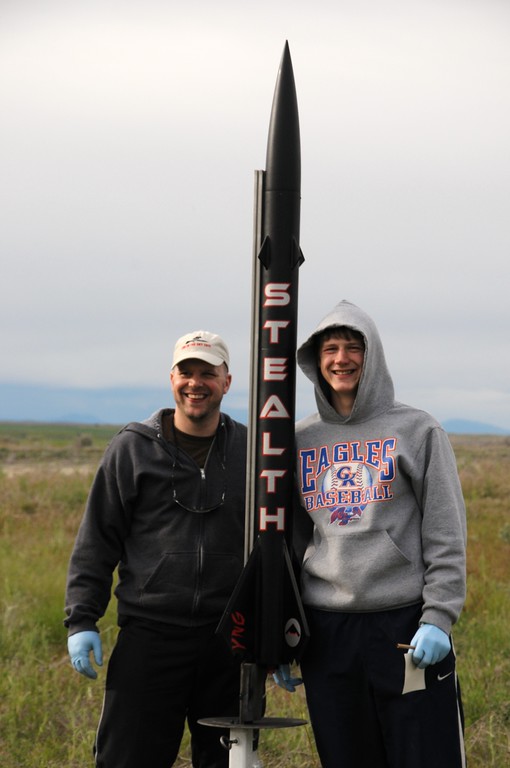
As we came back off the range, Dalton said to me, "I can't believe you built that motor in five minutes." For some reason, as I congratulated myself on getting the motor ready to fly, I realized that I forgot to put the stupid black powder in for the motor ejection :bangpan:. I sheepishly asked the LCO if I could pull the rocket for a last minute "adjustment," ran back to camp, and dumped the black powder in the all-too-clean ejection well. We then ran back out and with only moments to spare, put the rocket back on the pad. Liftoff was picture perfect with ejection of the parachute right at the top. This gave us a perfect four-for-four on certification flights in one day.:horse:

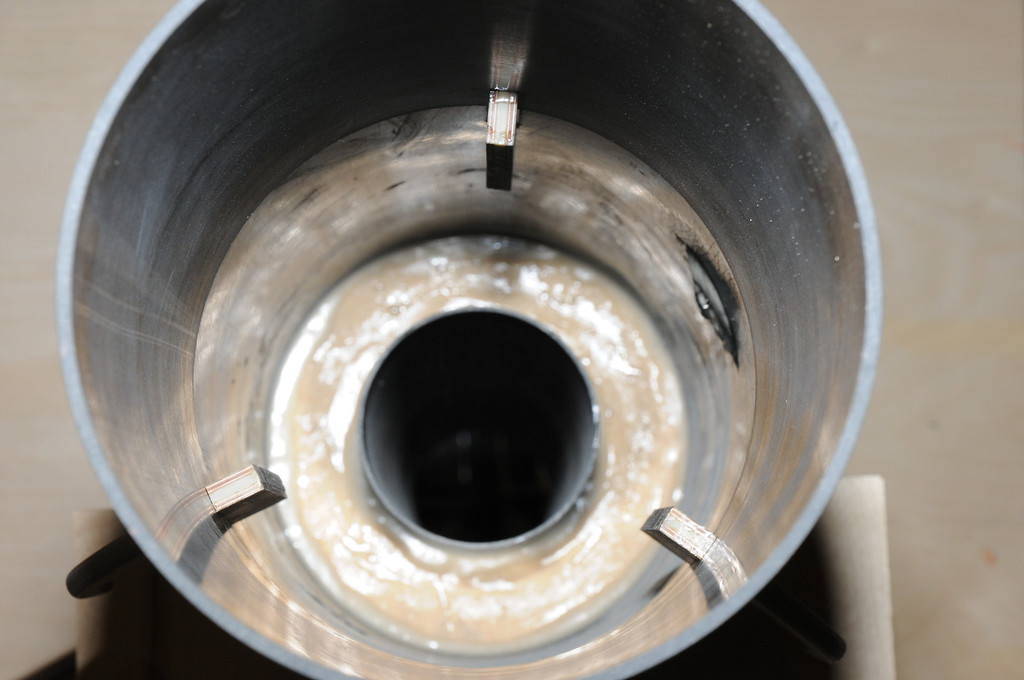
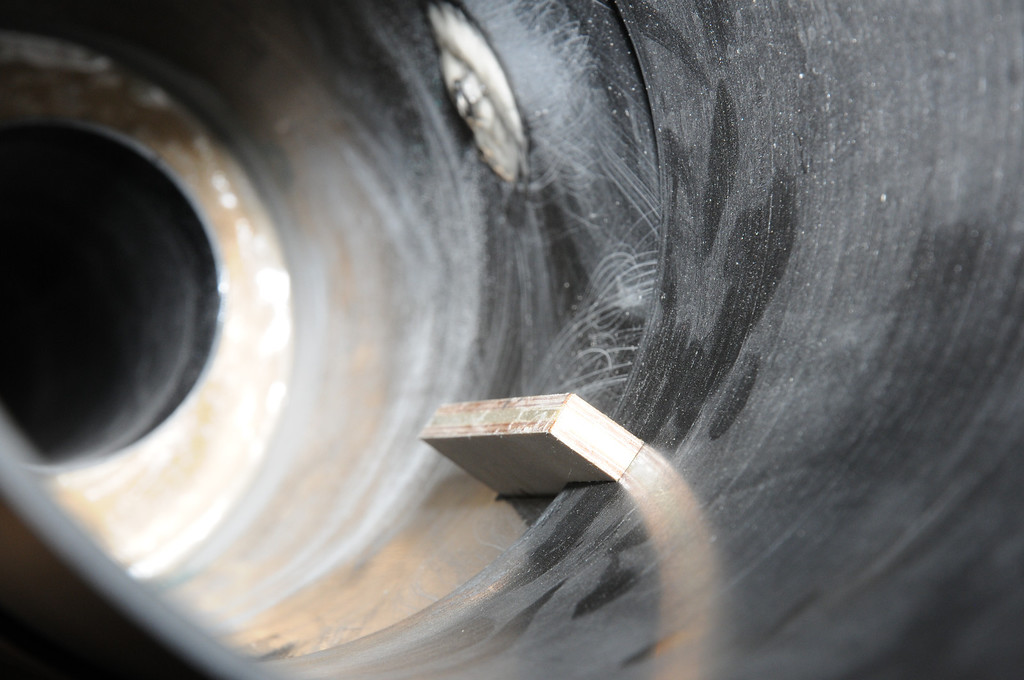

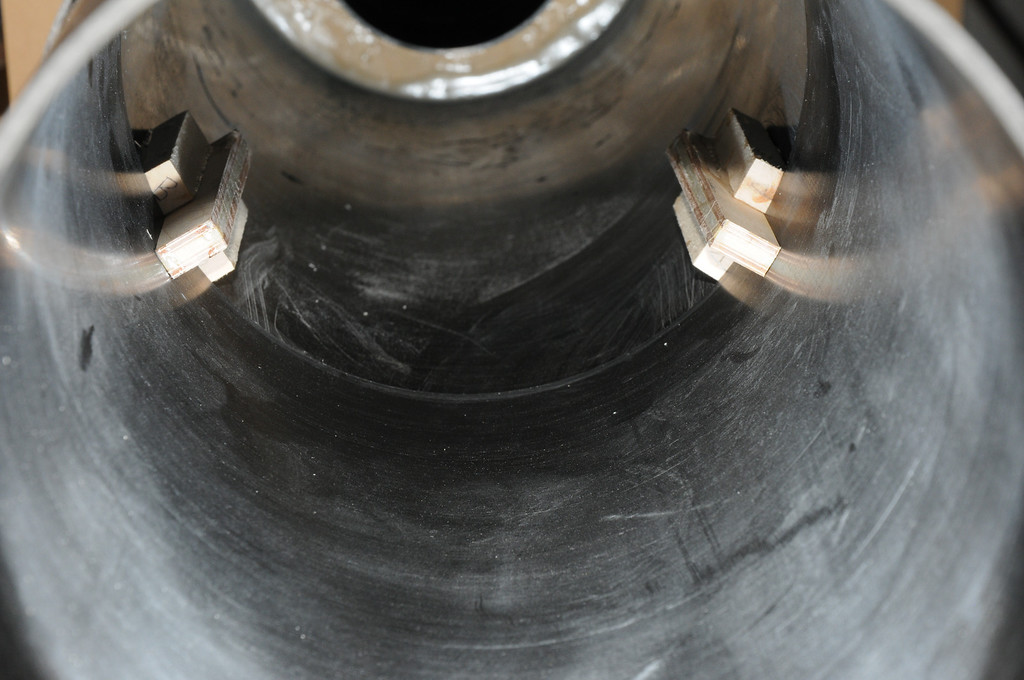
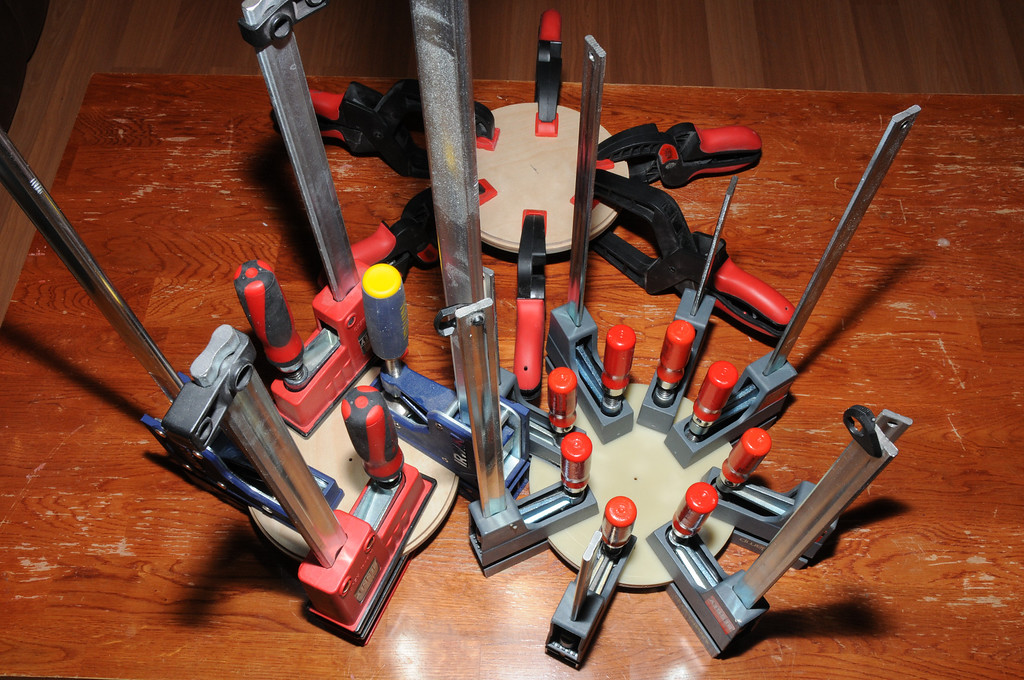
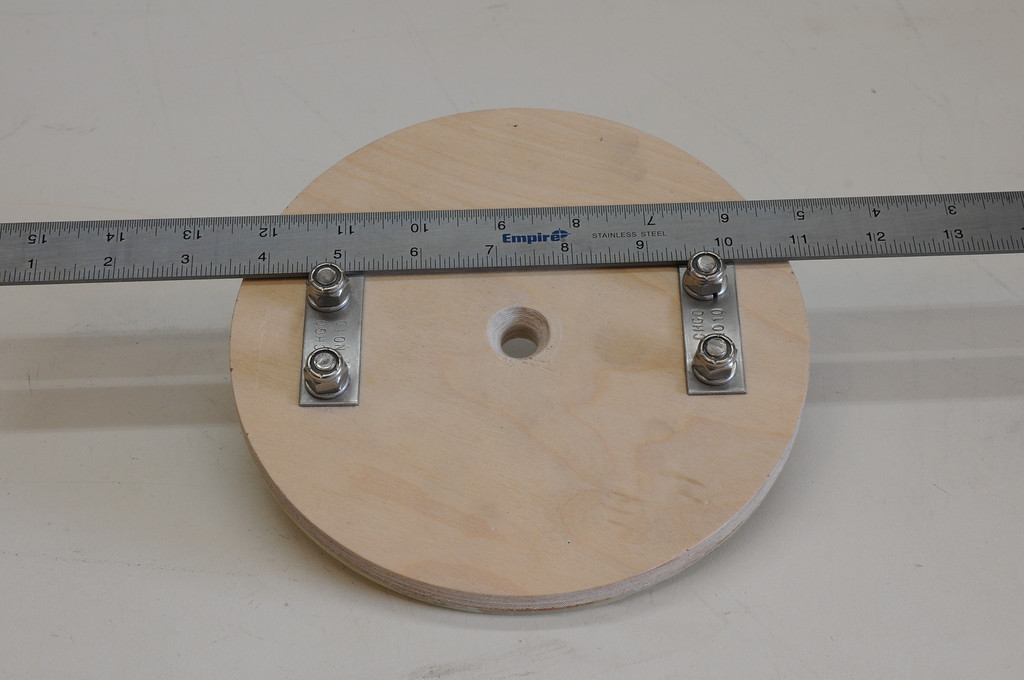
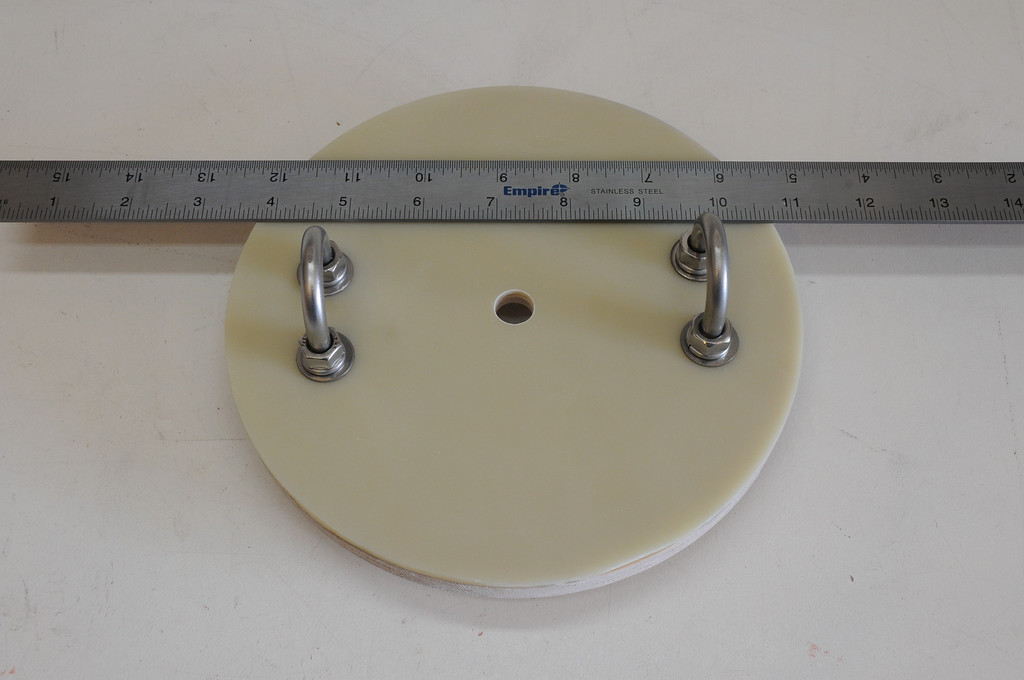
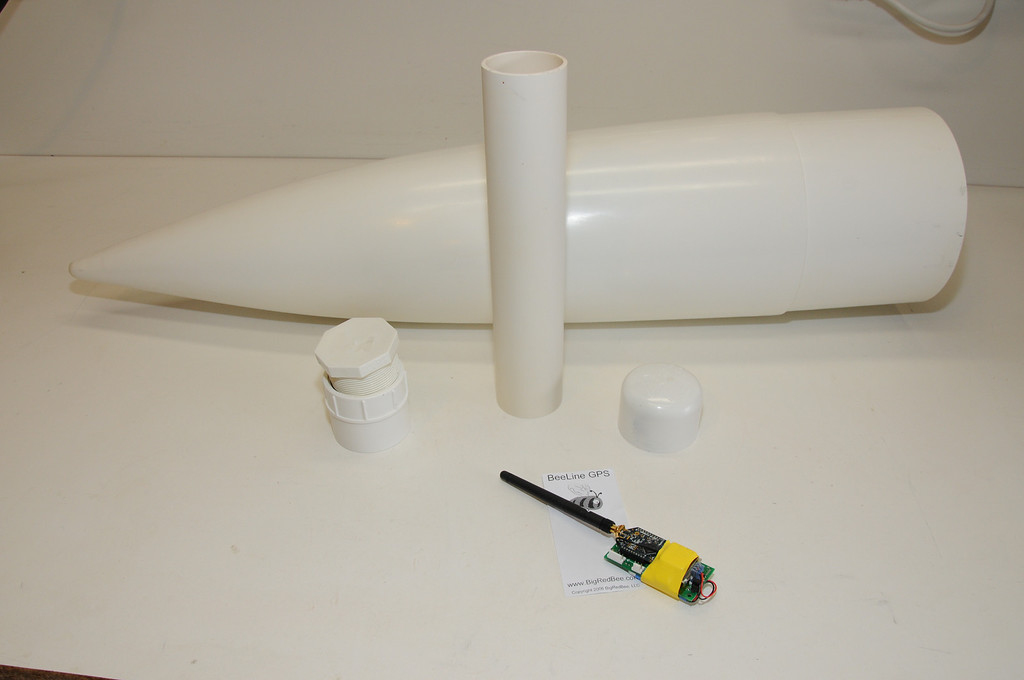
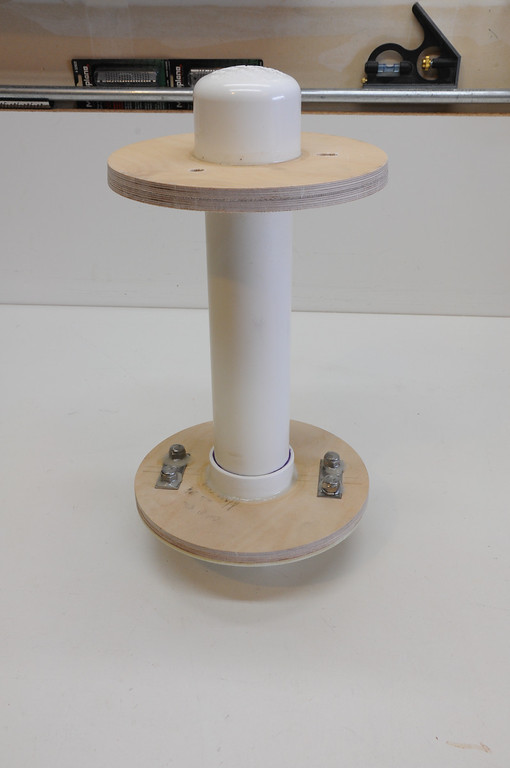
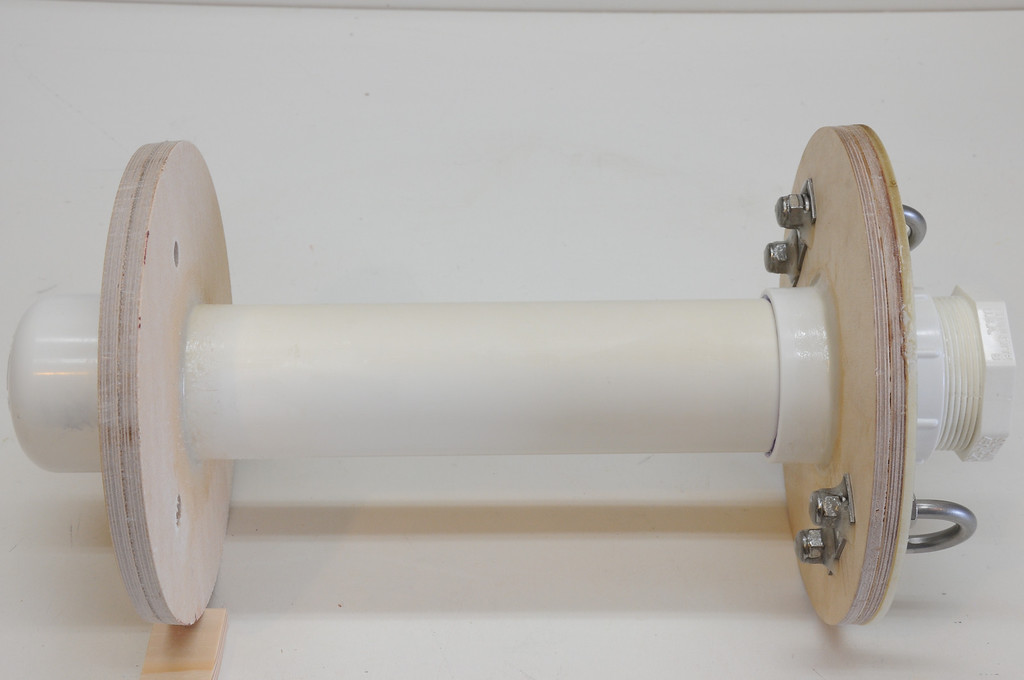
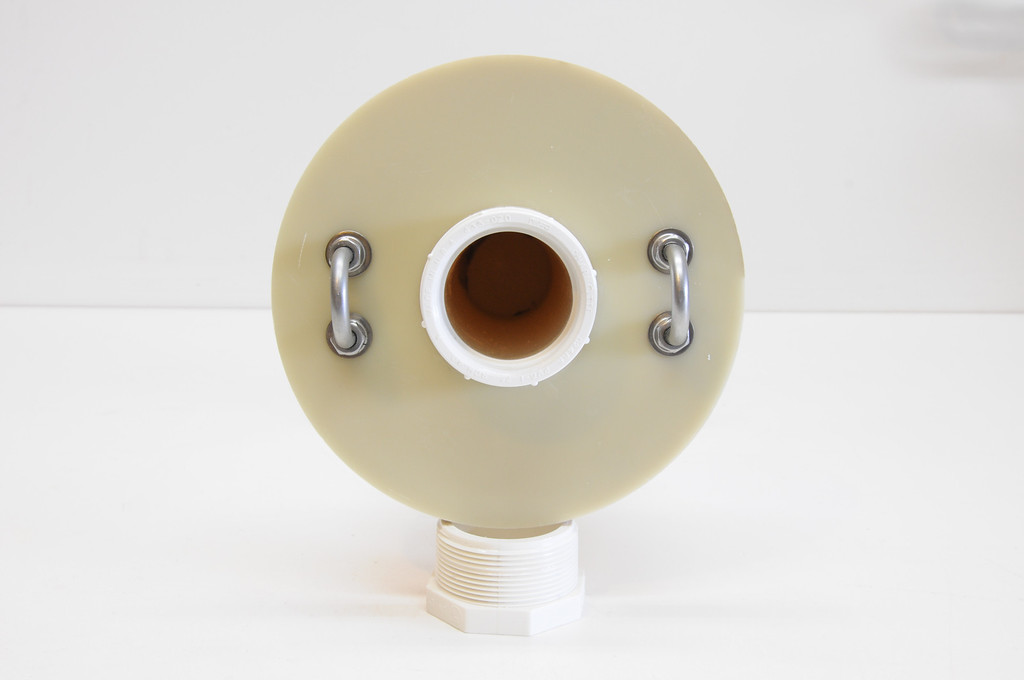
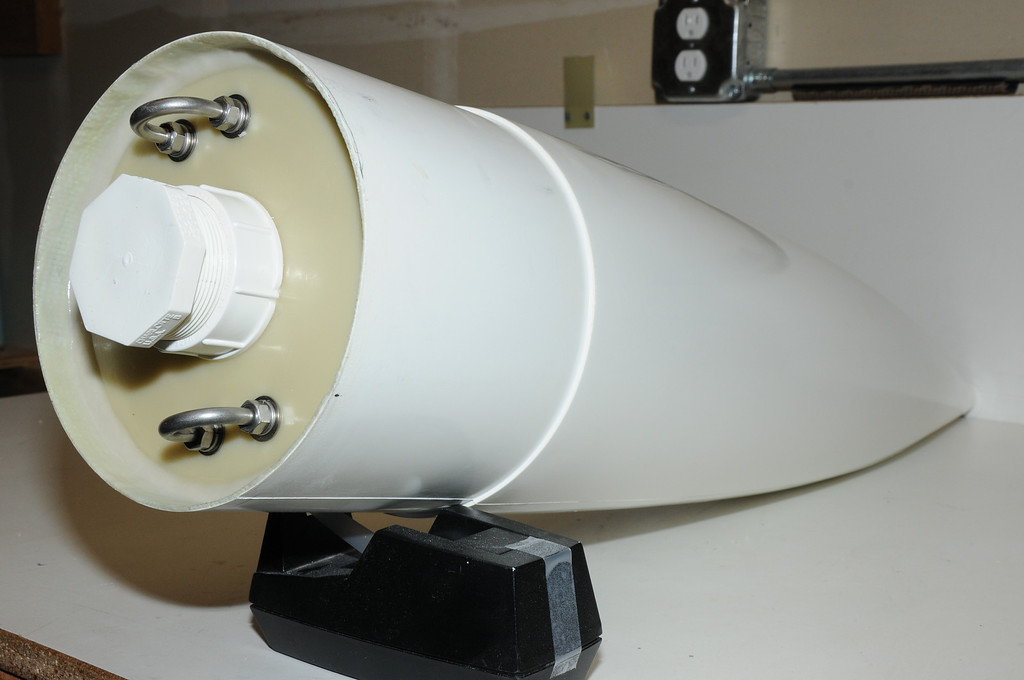
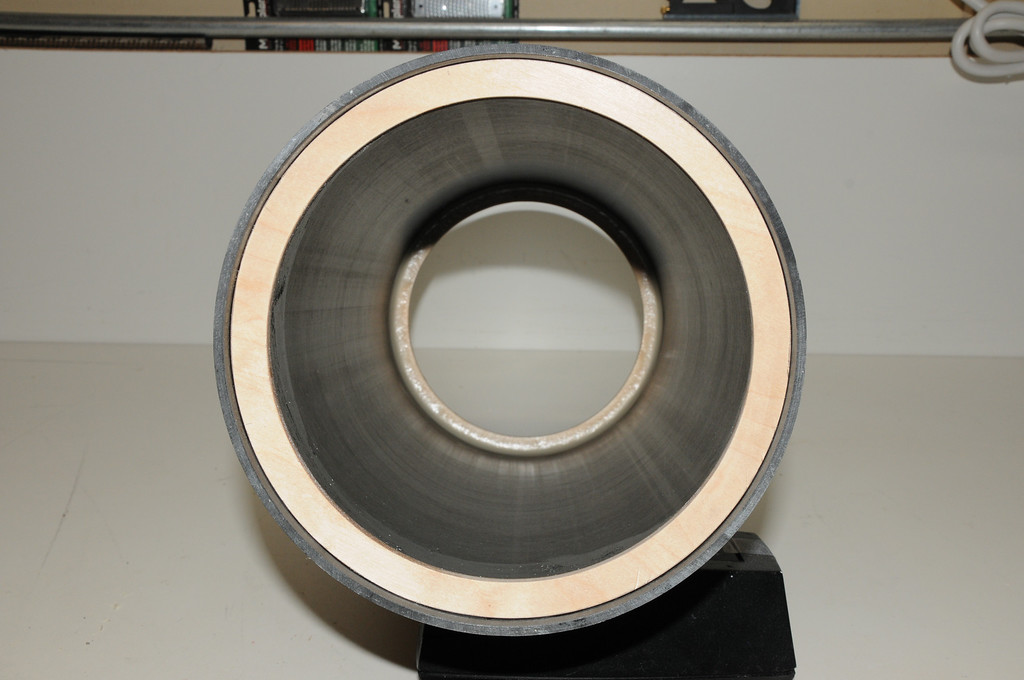
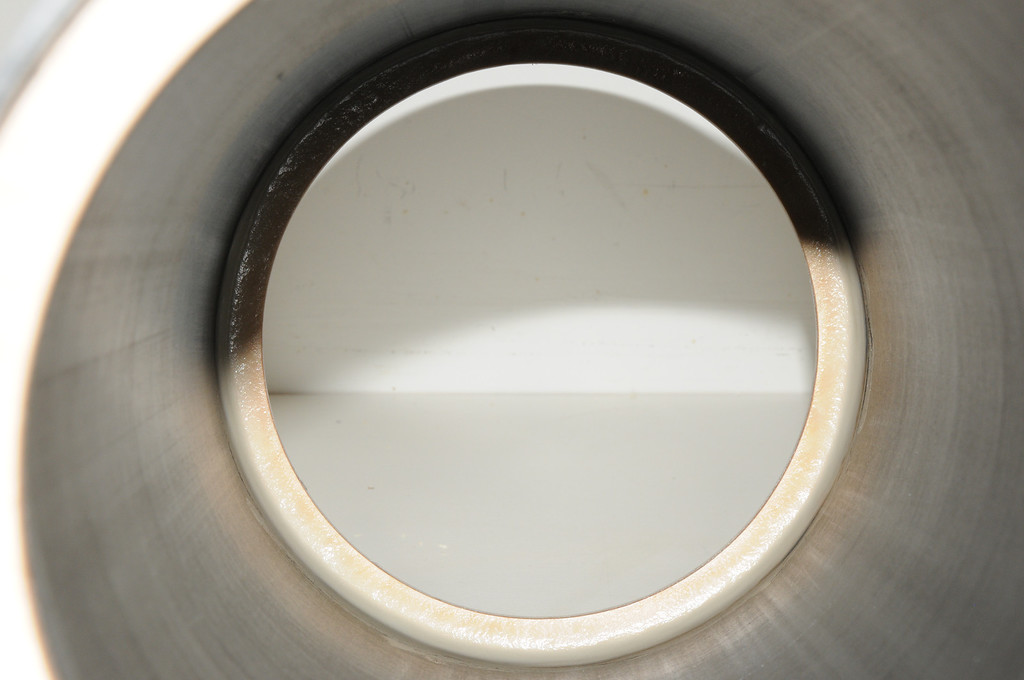
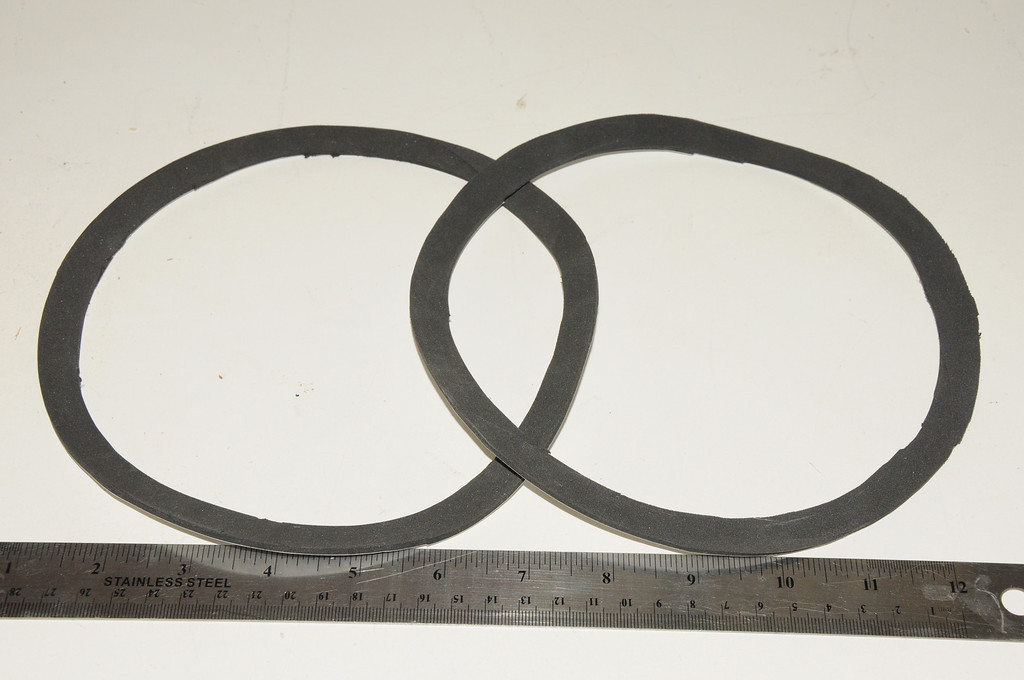
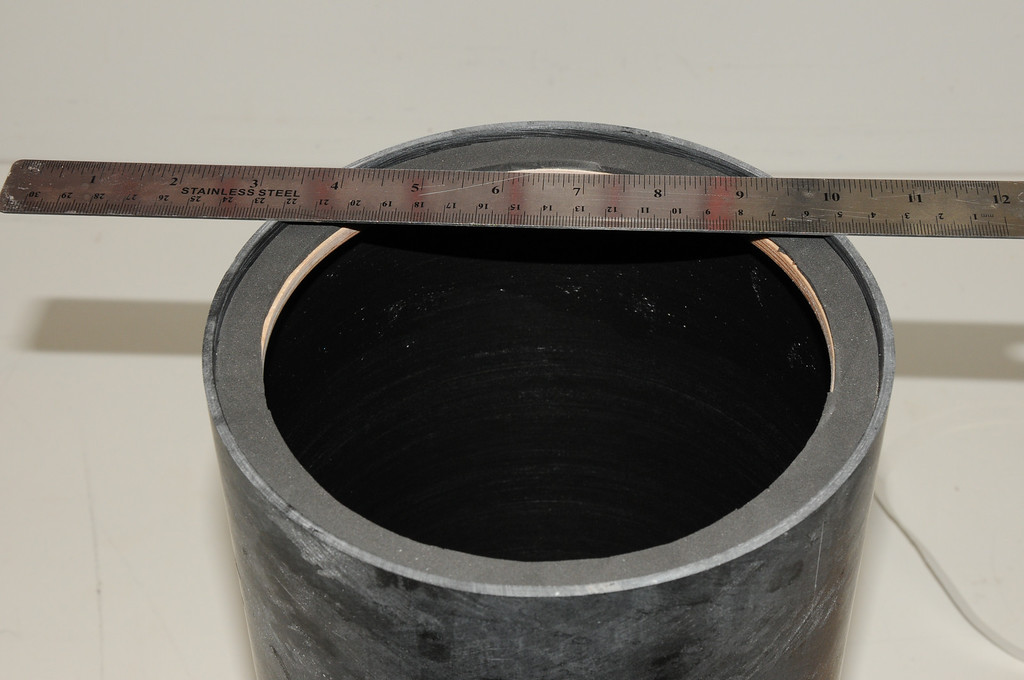
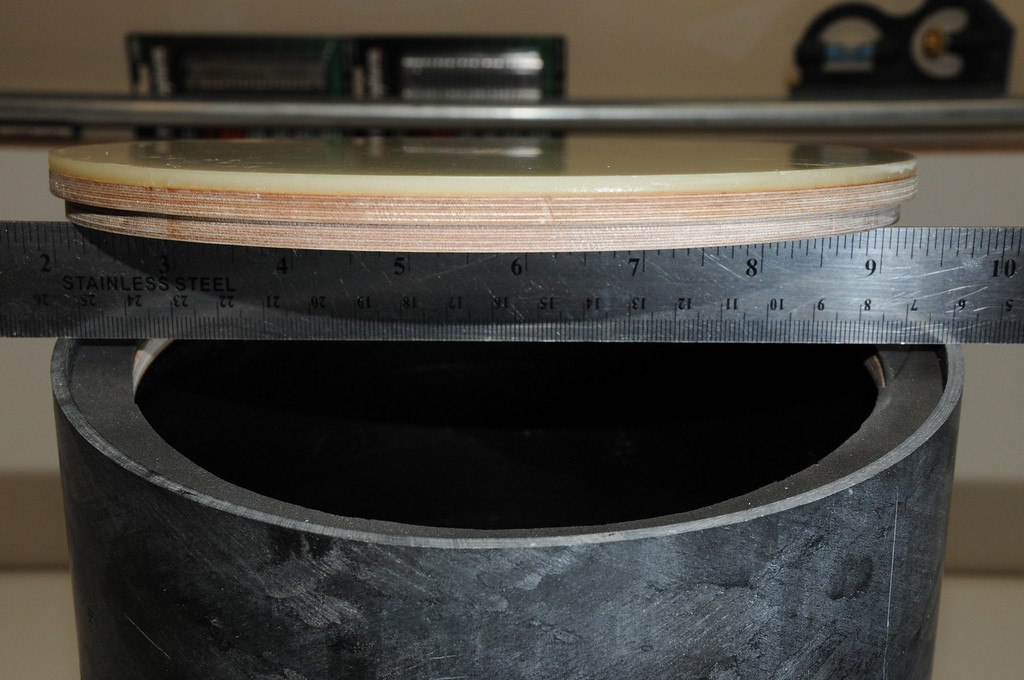
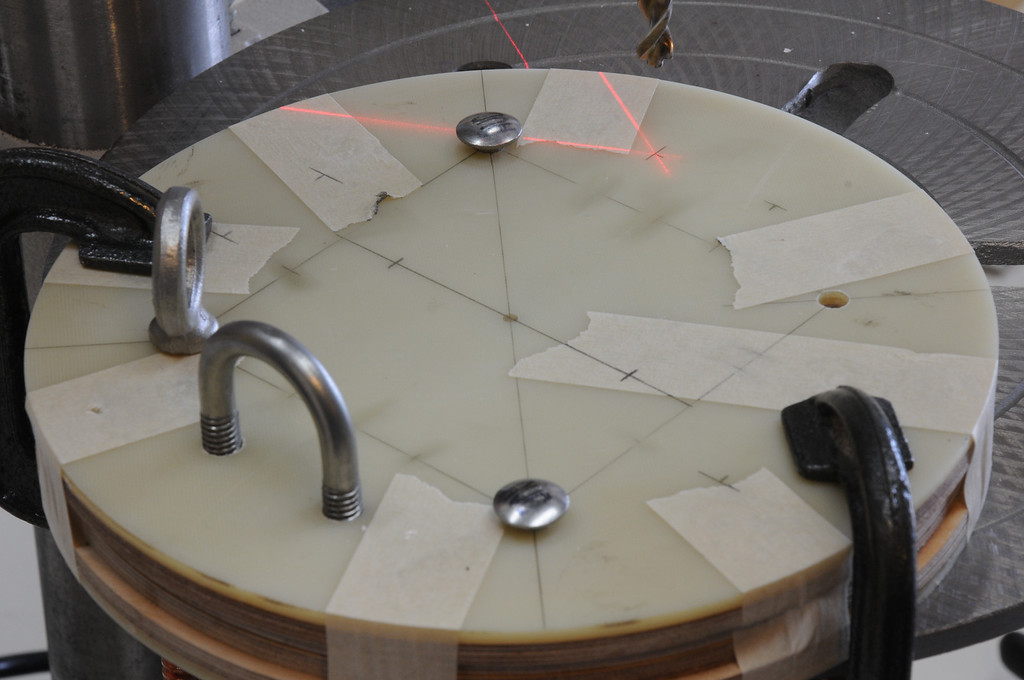
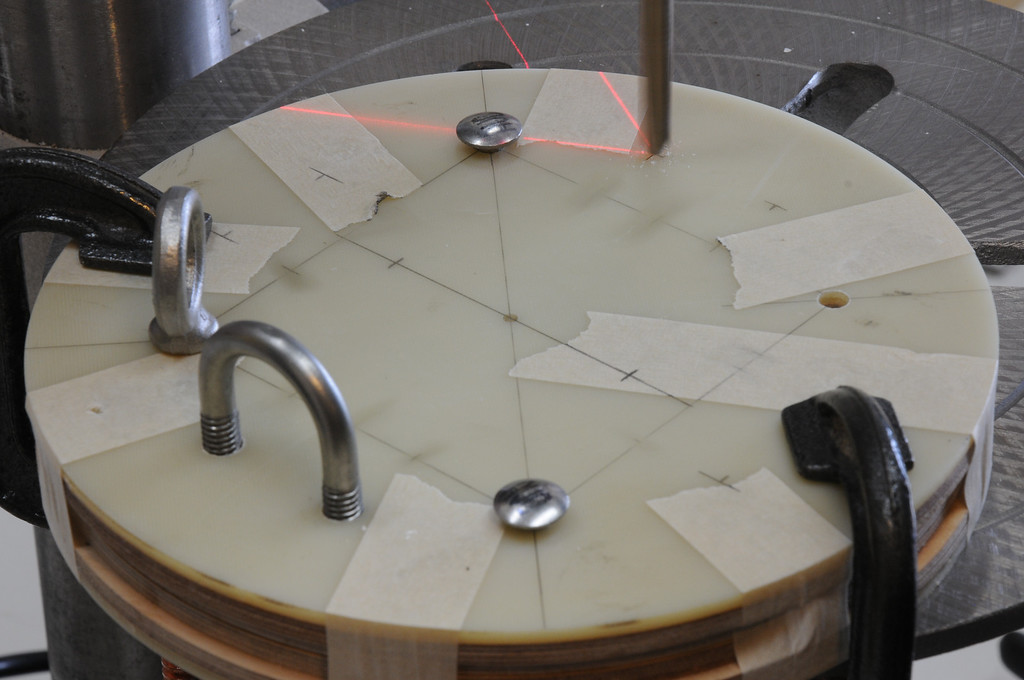
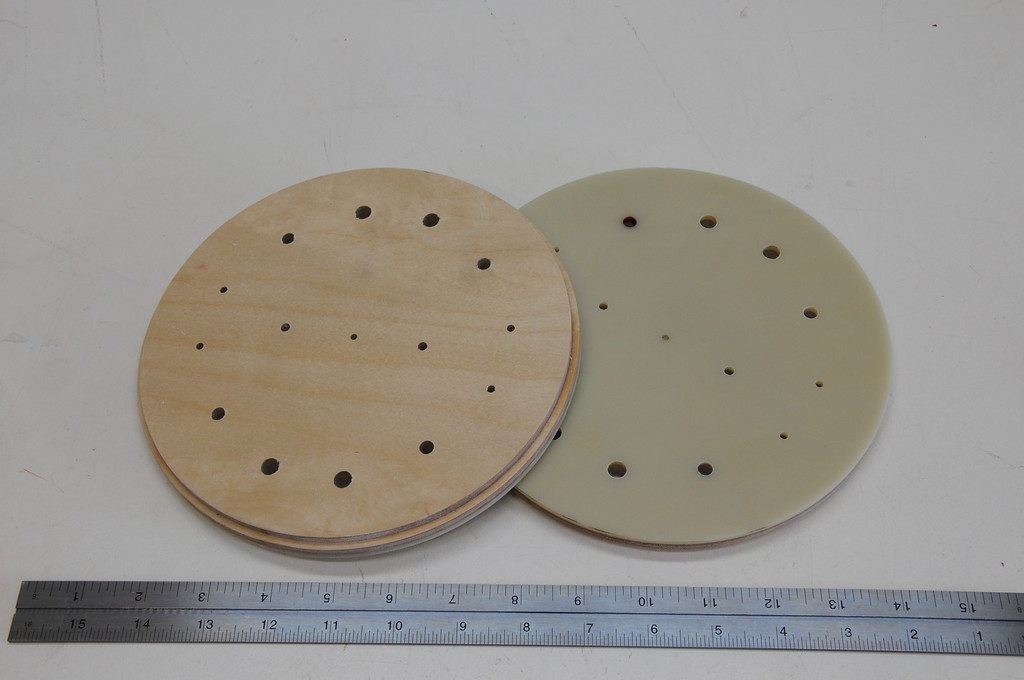
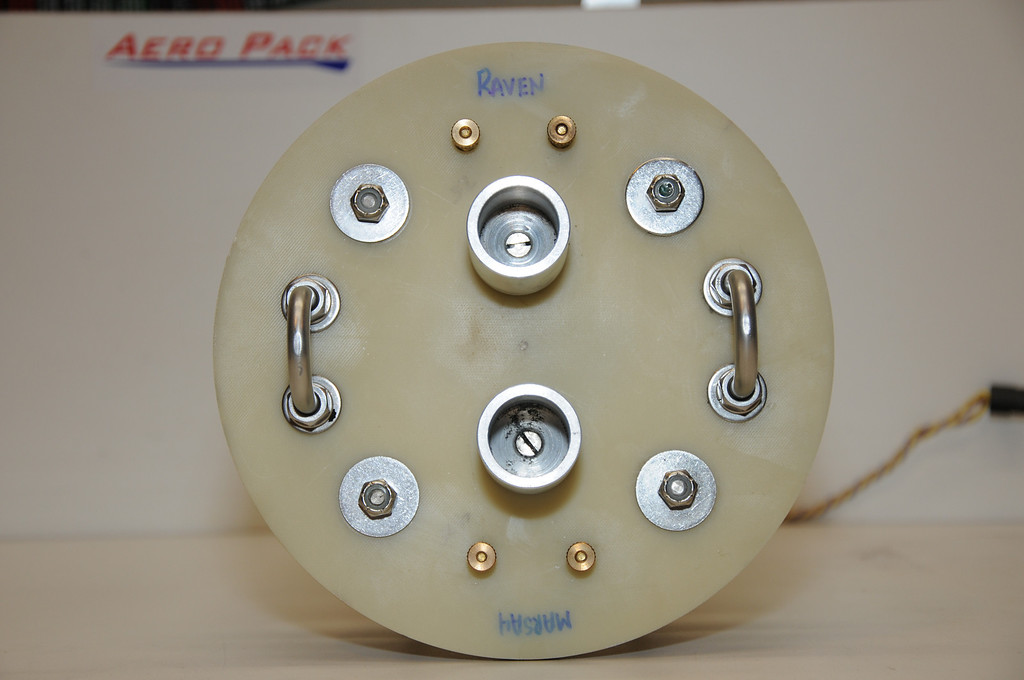
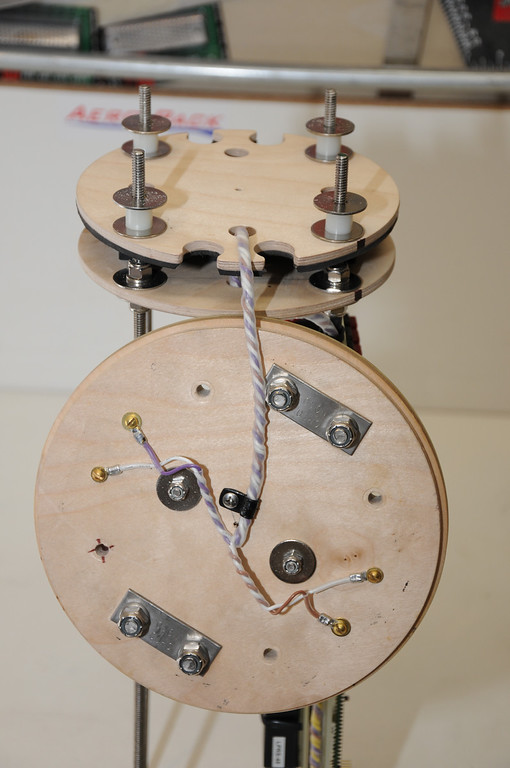
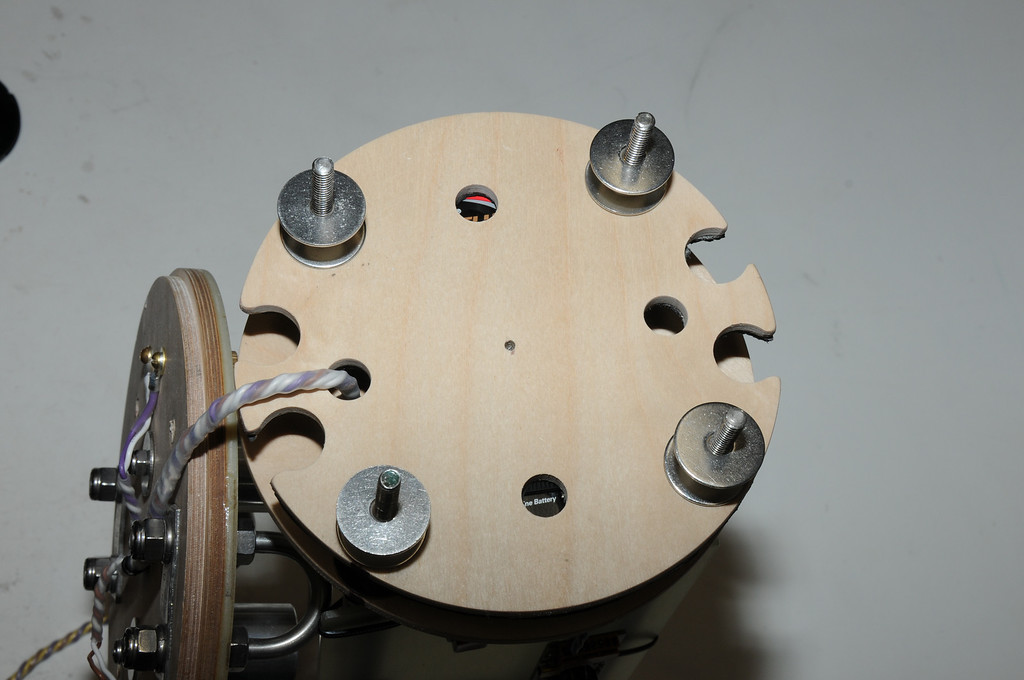
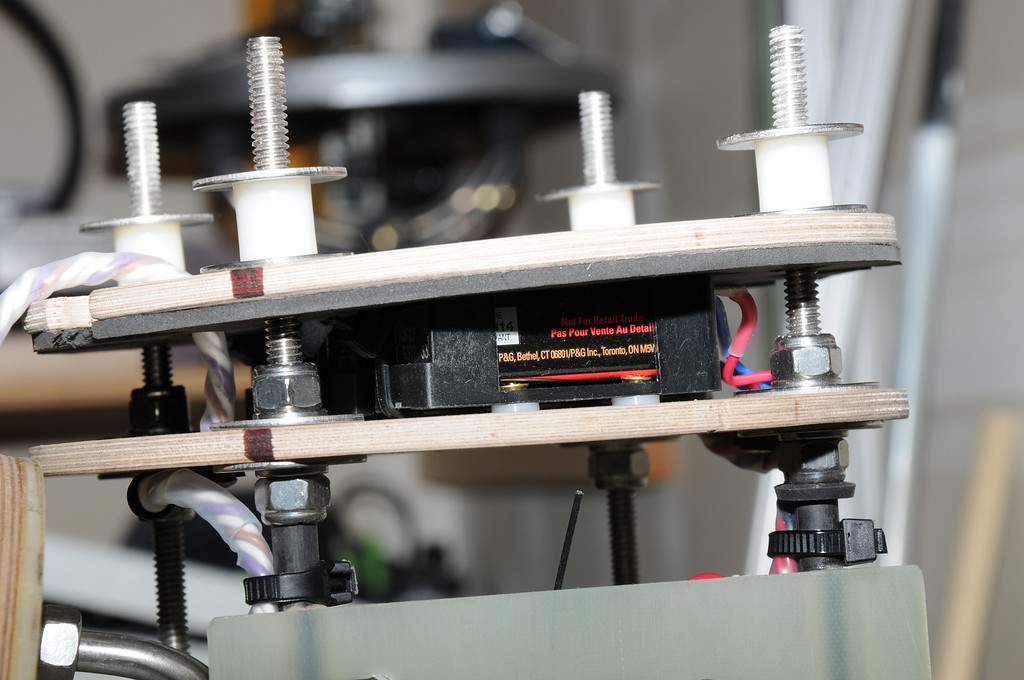
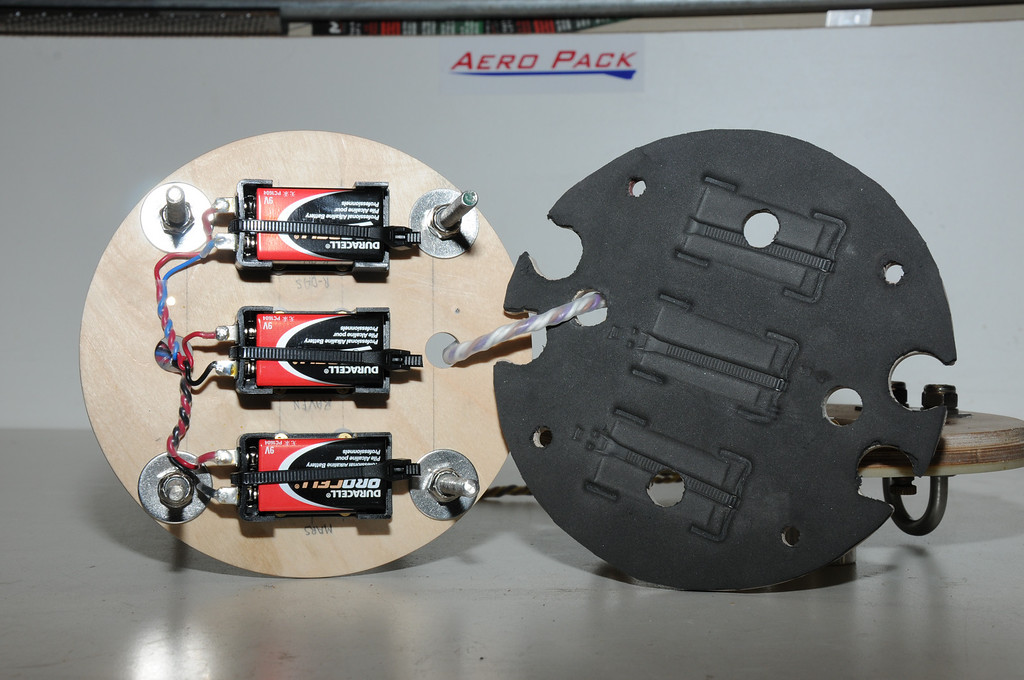
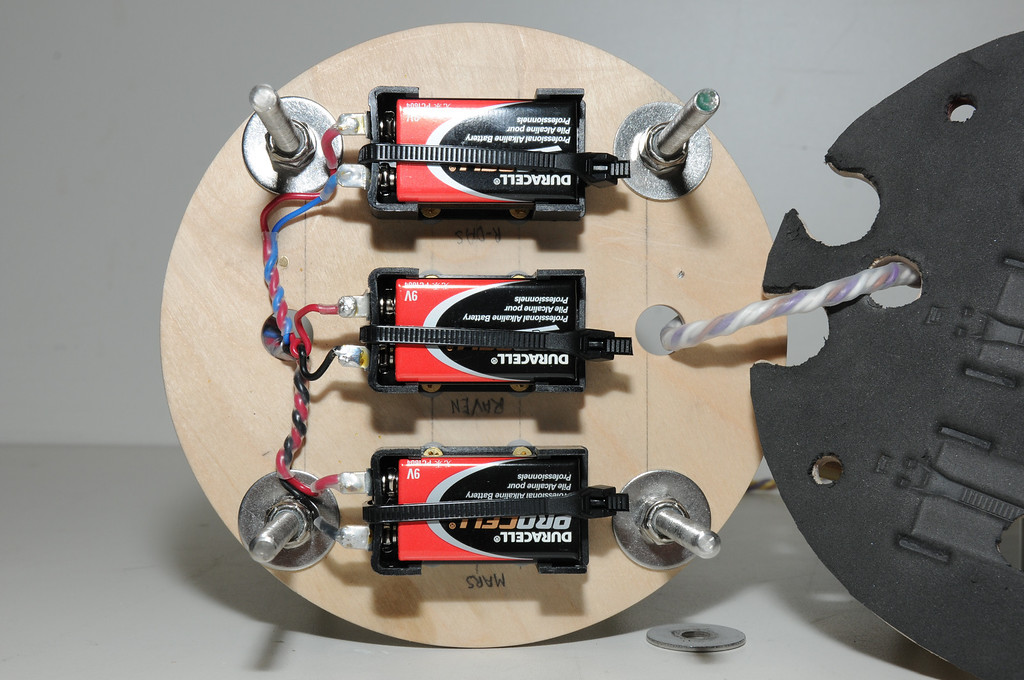
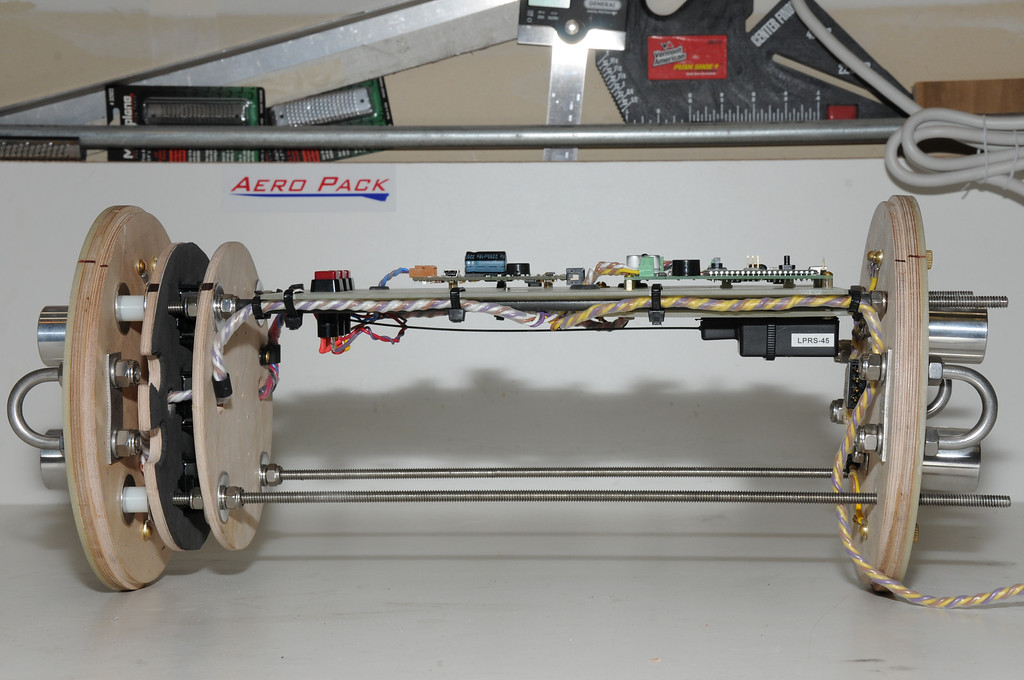
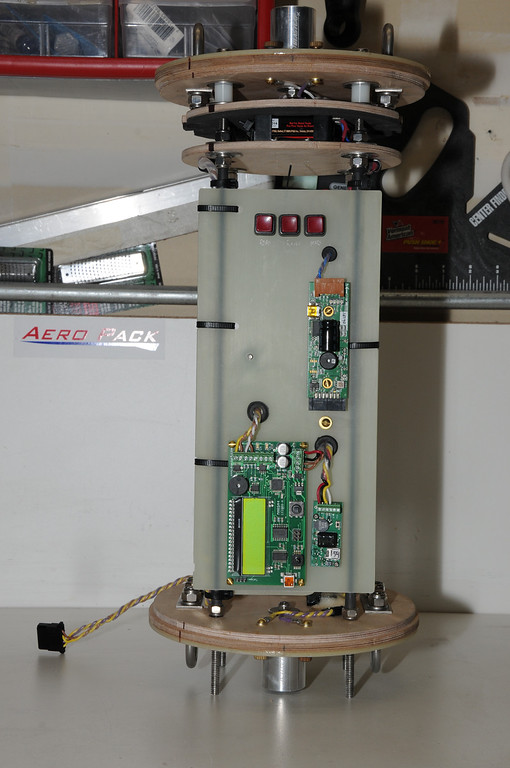
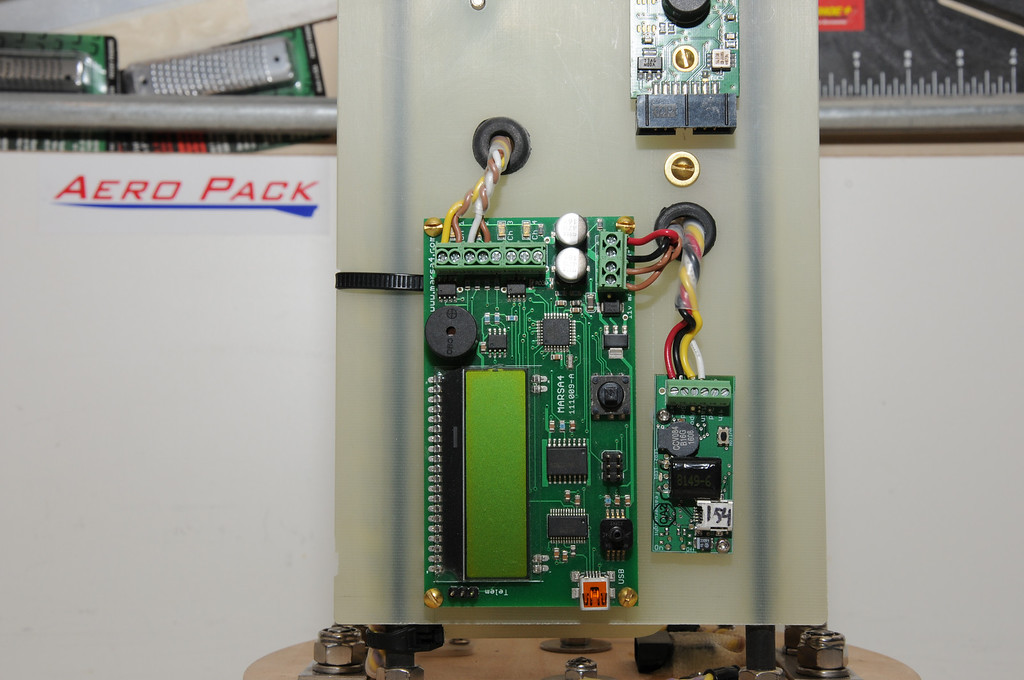
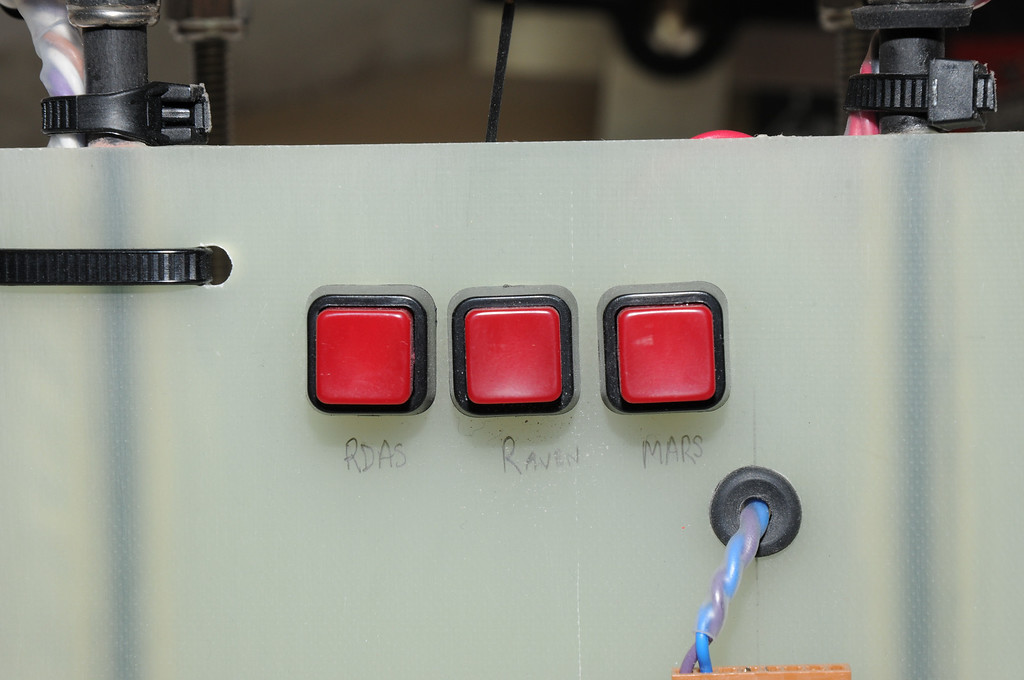
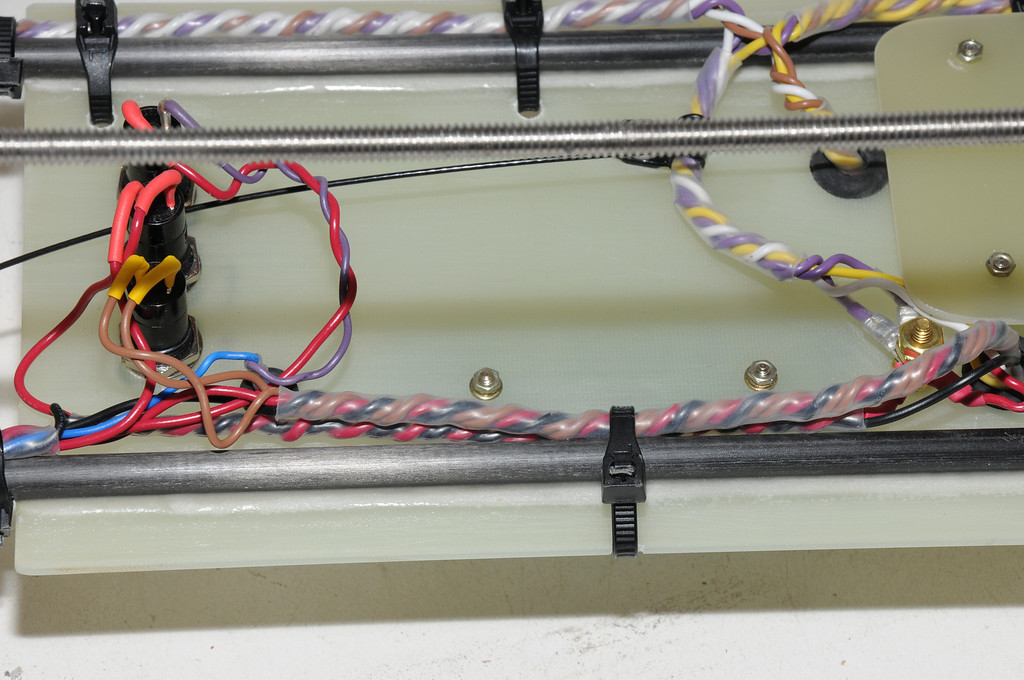
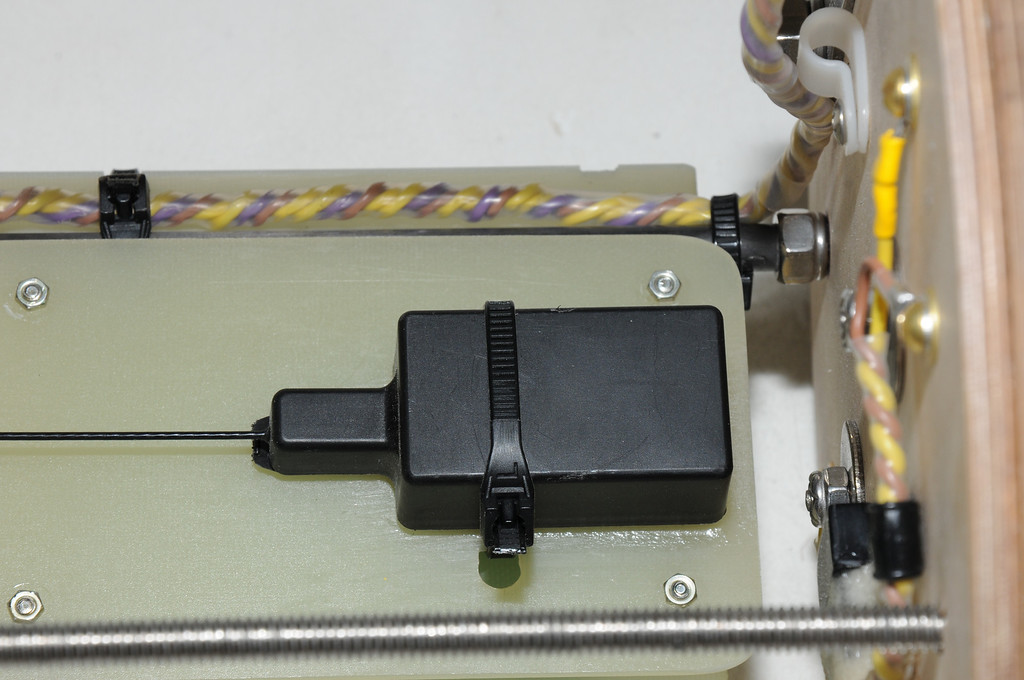
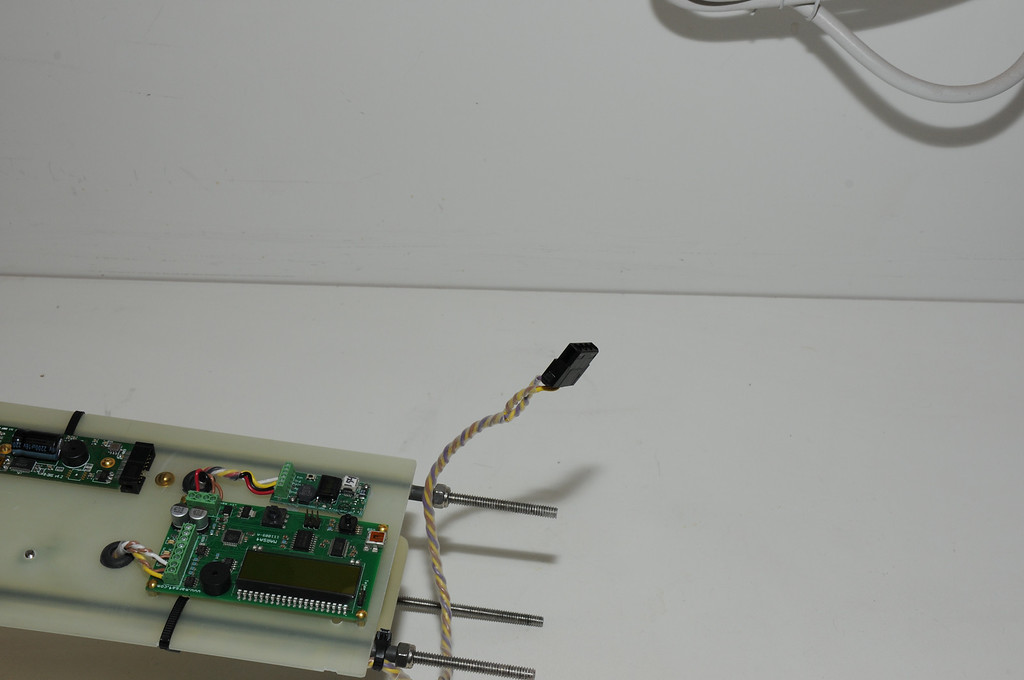
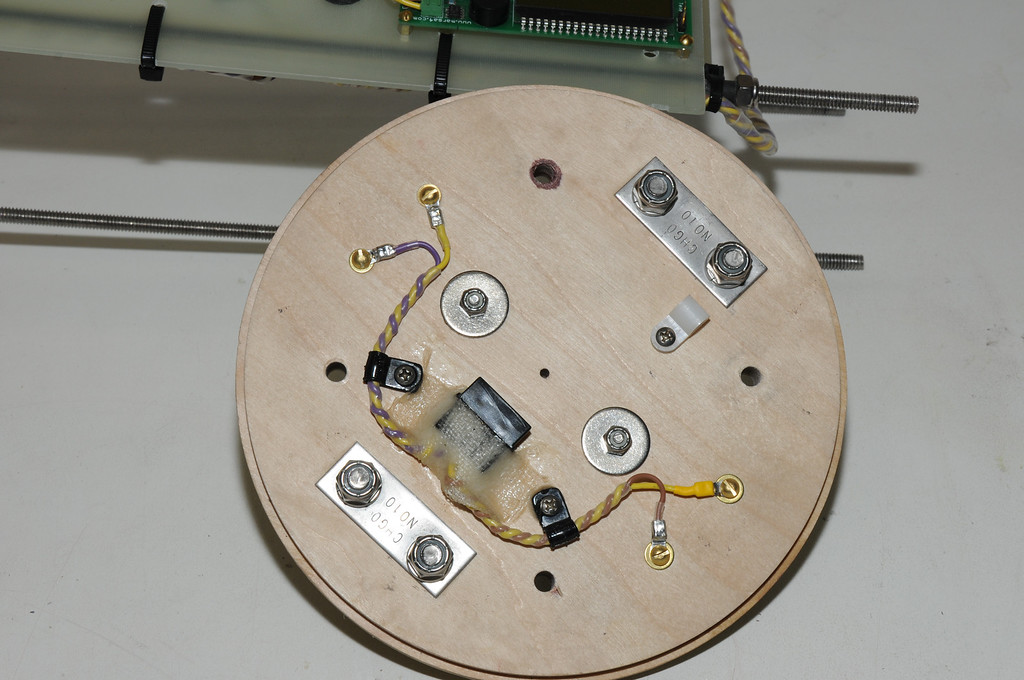
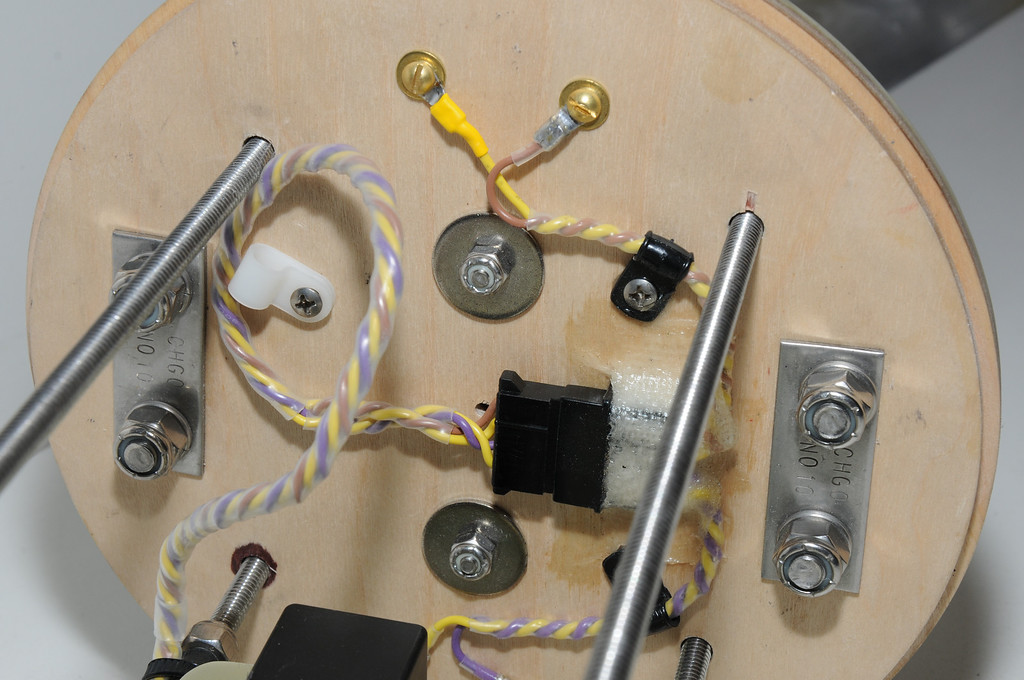
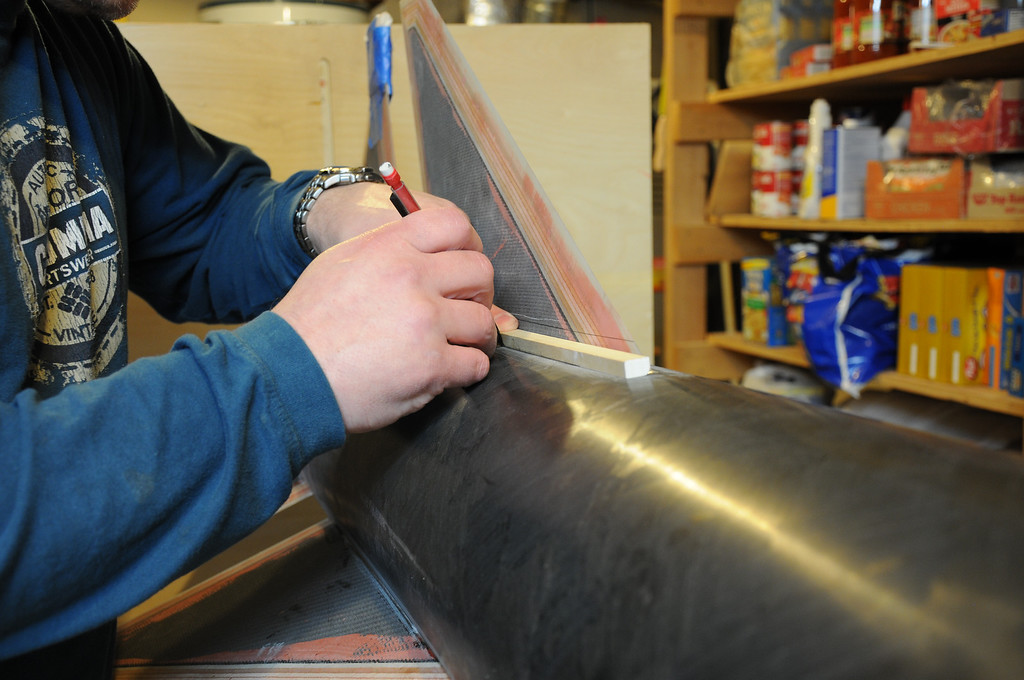
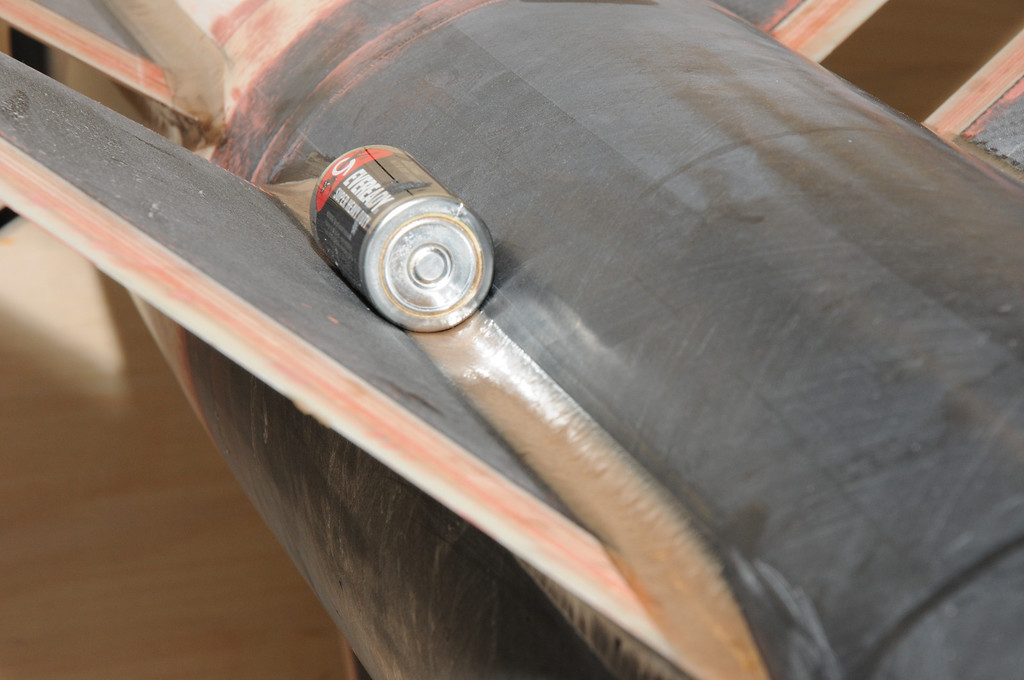
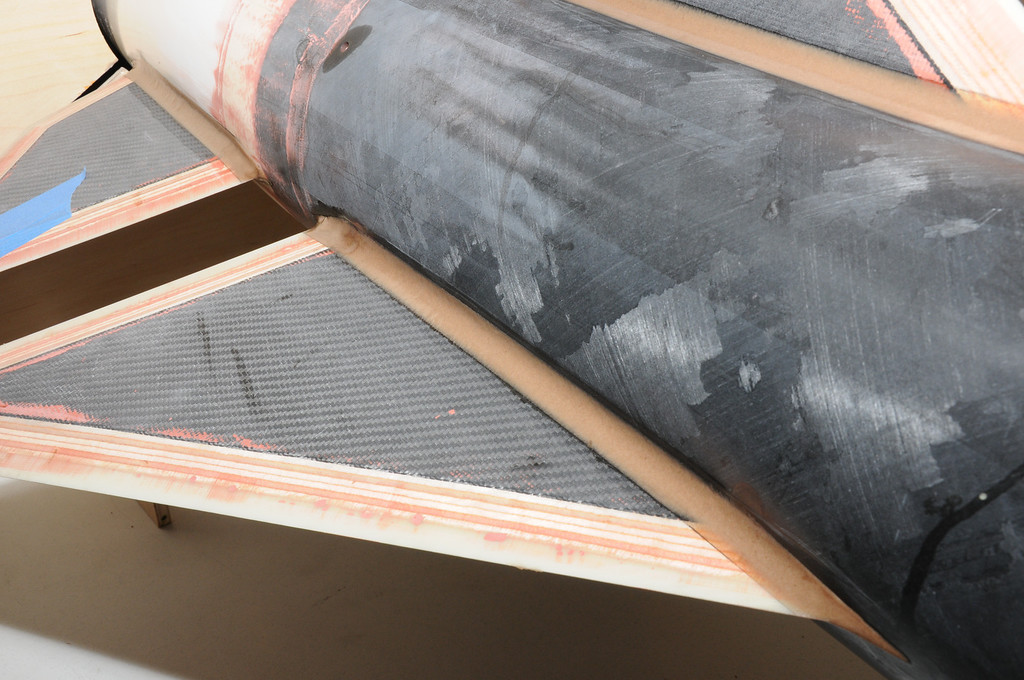
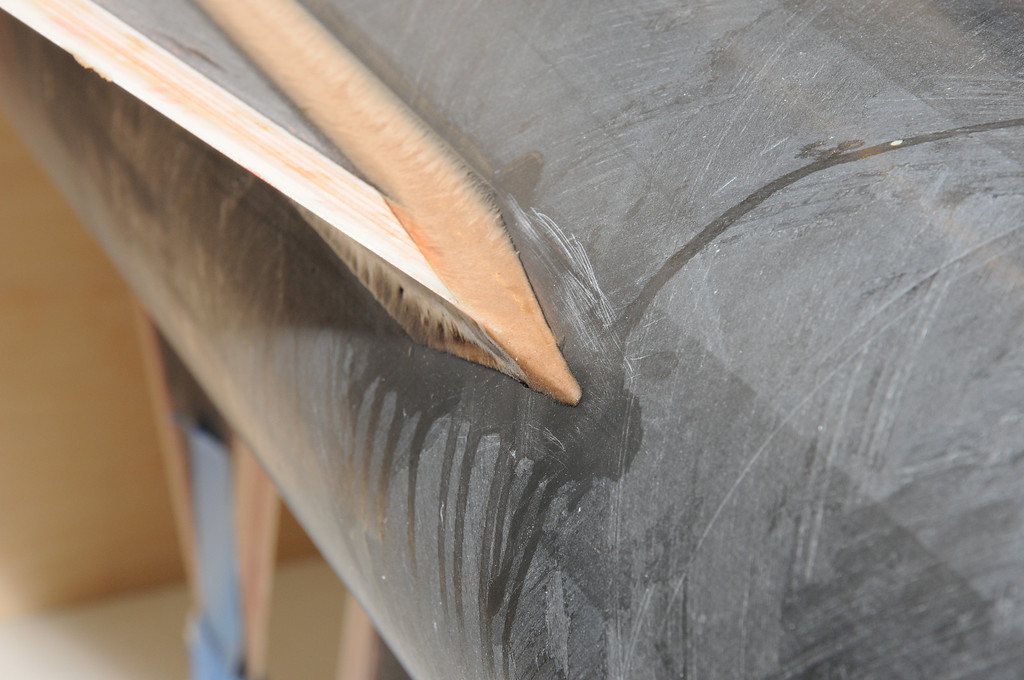
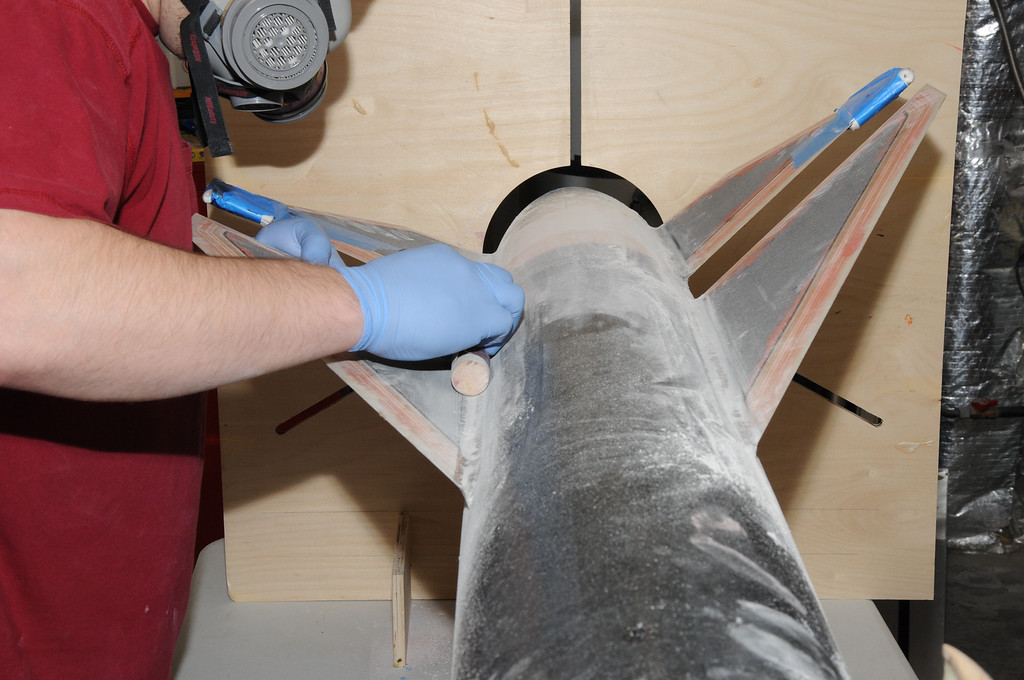
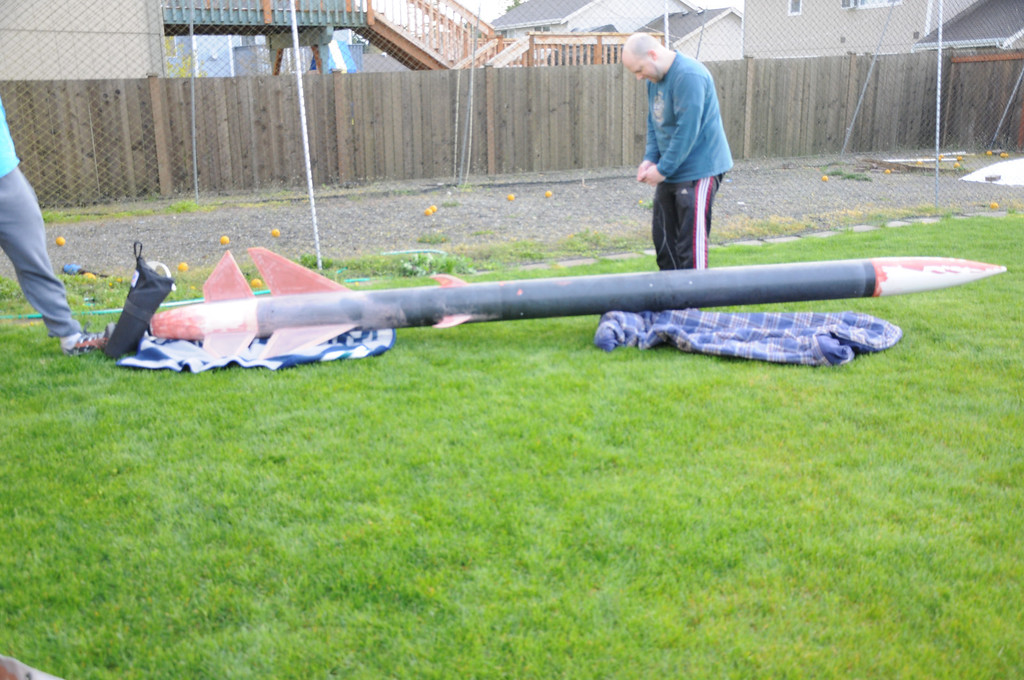
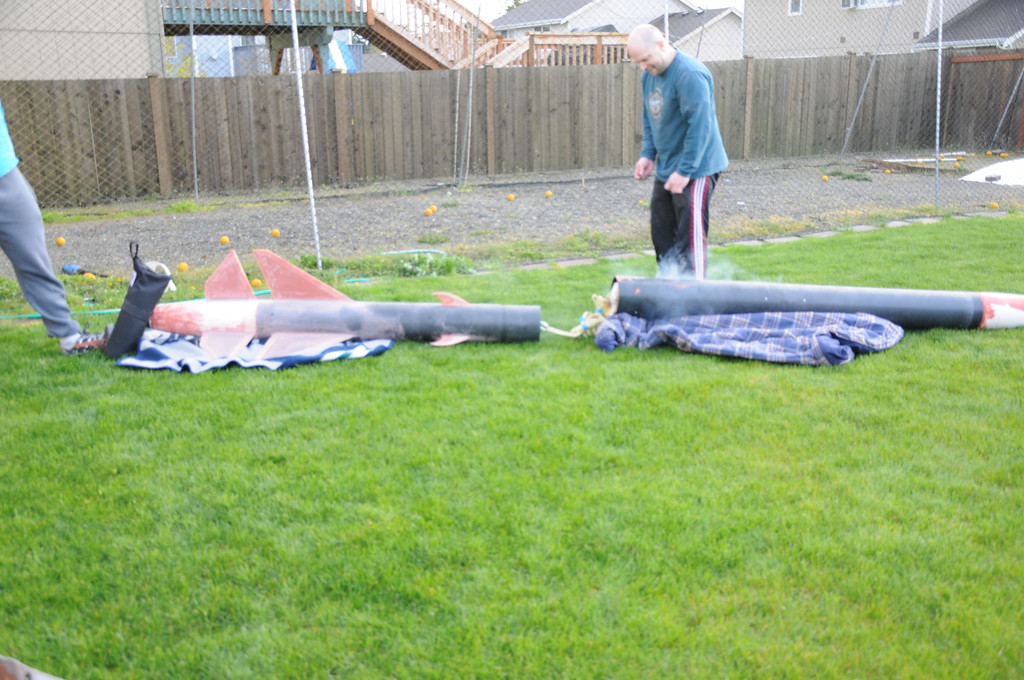
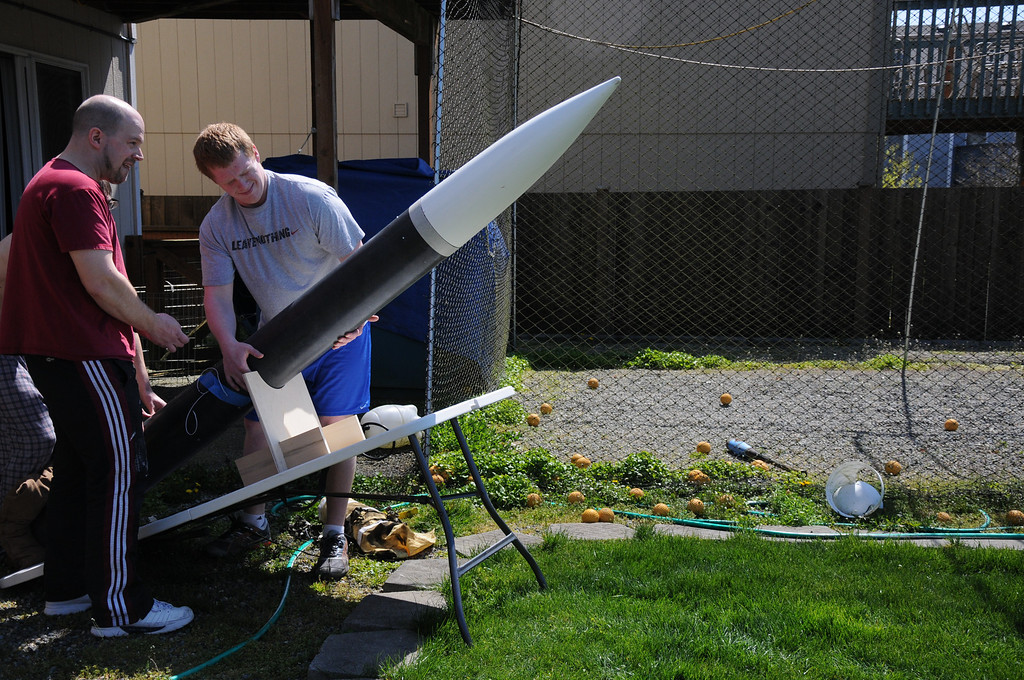
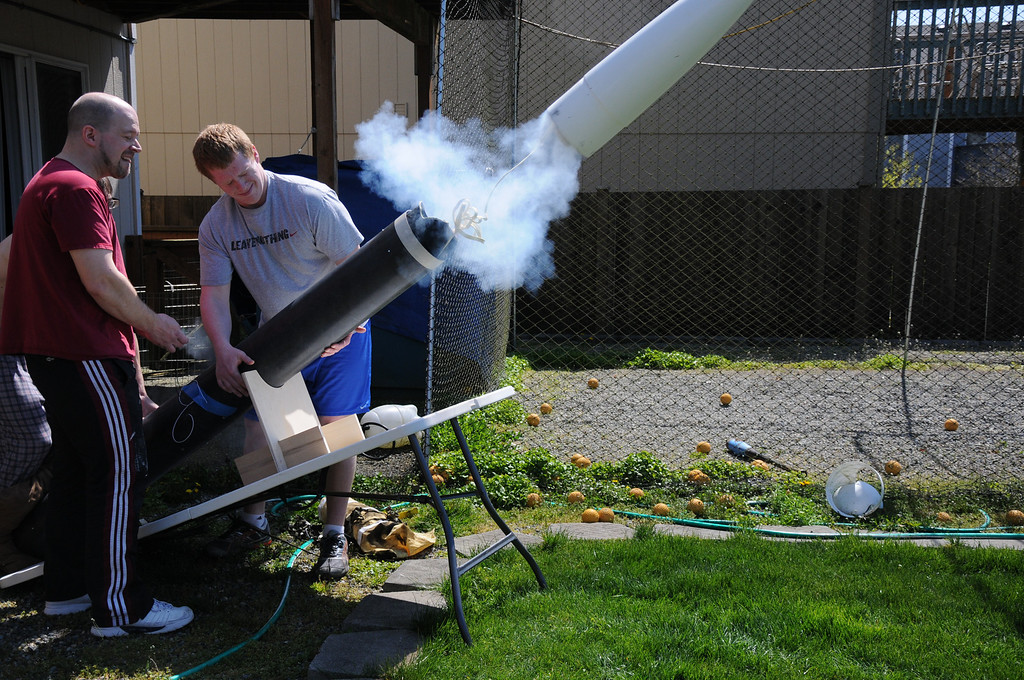
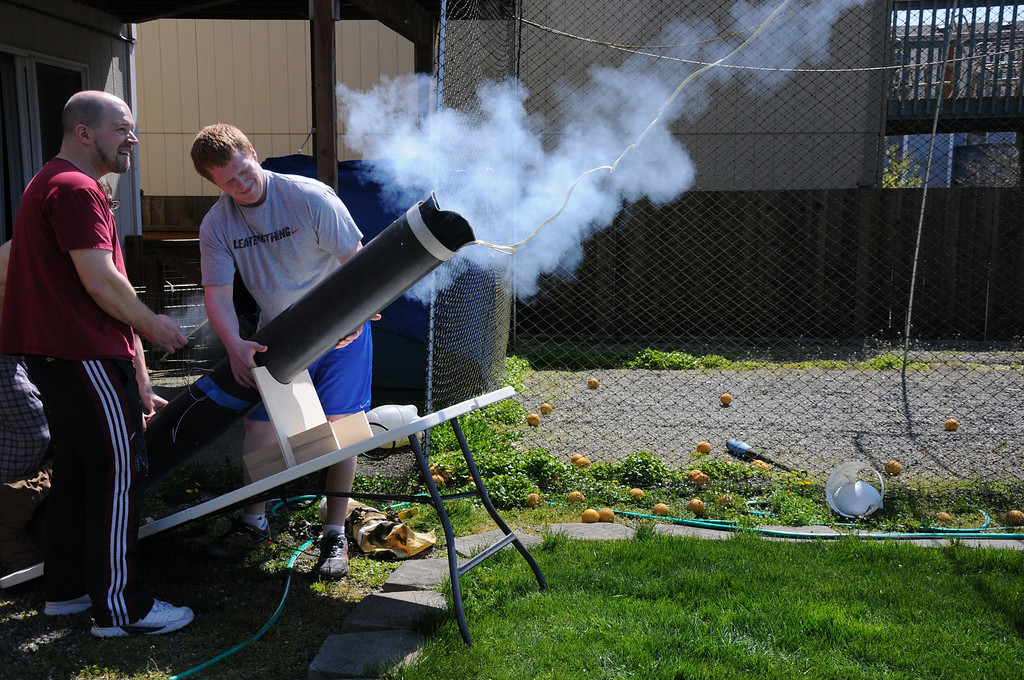
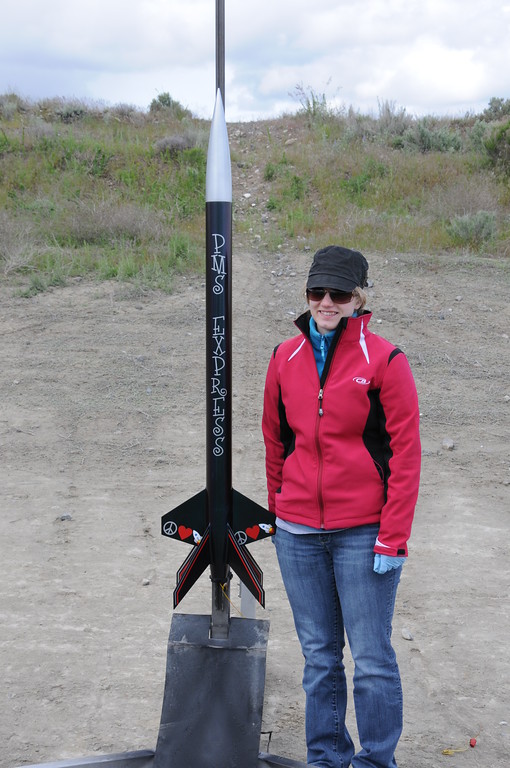
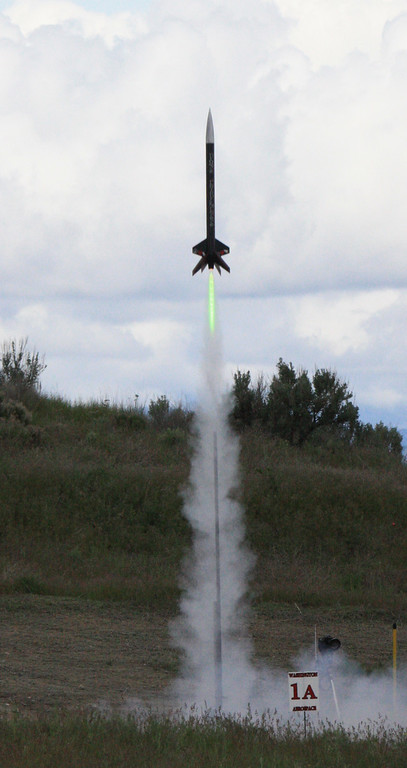
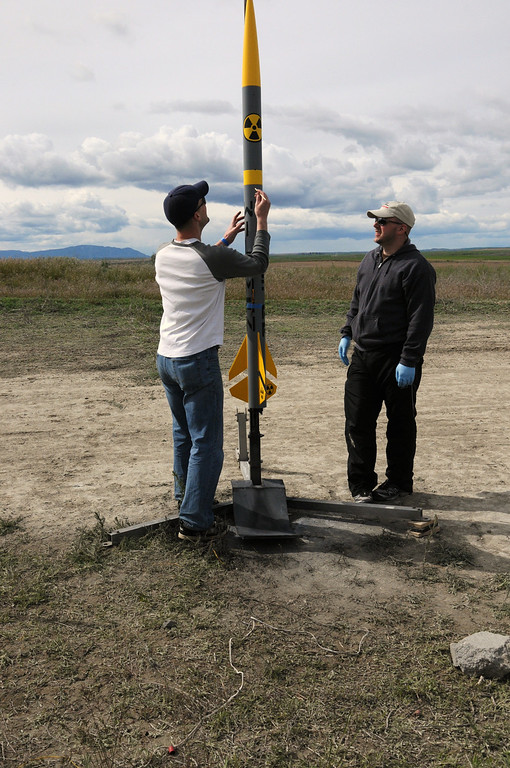
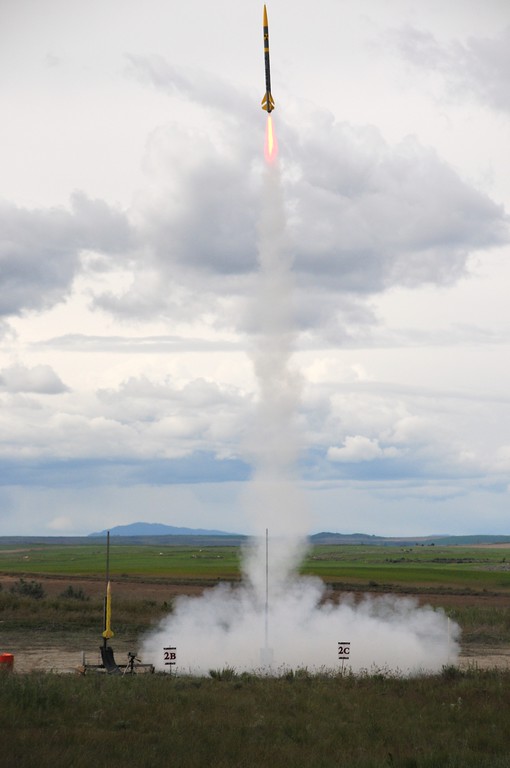
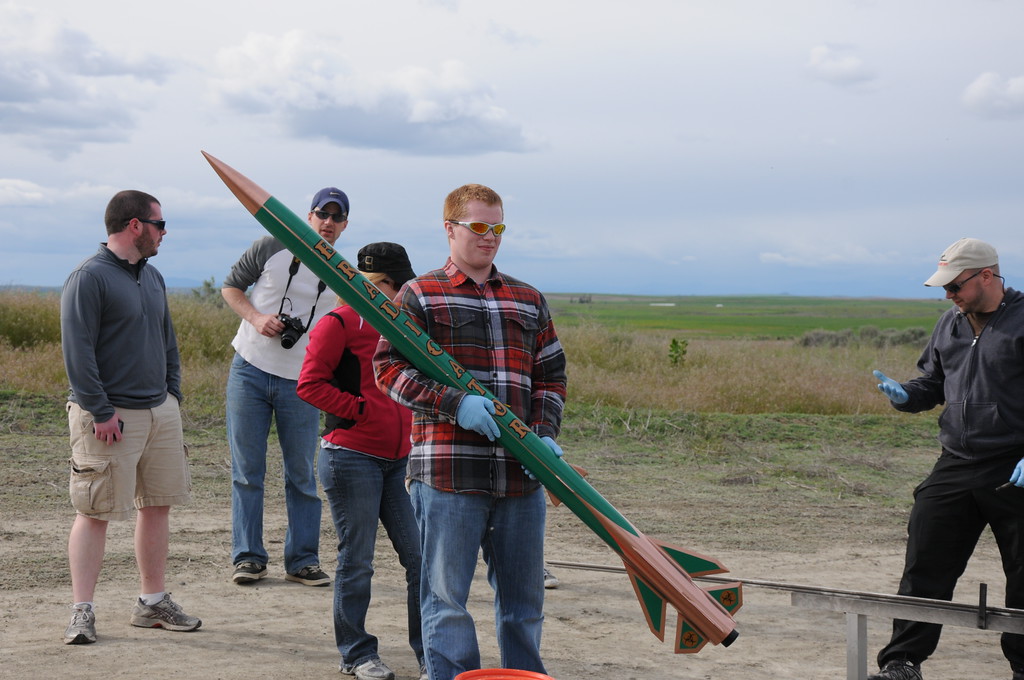

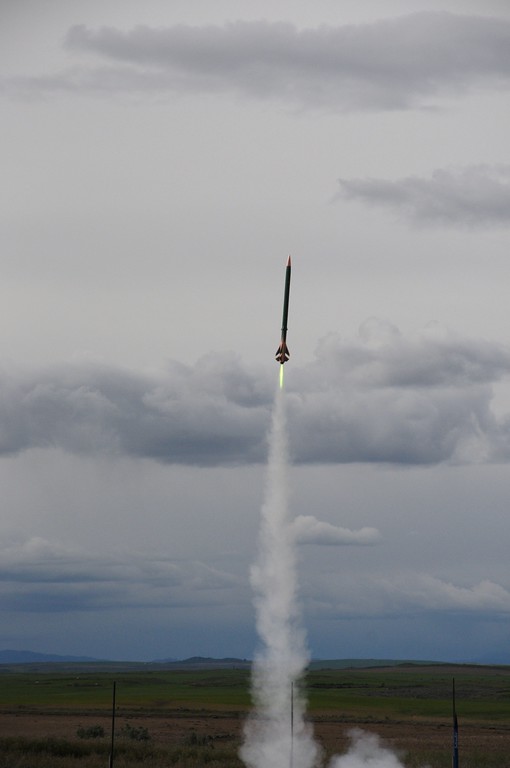

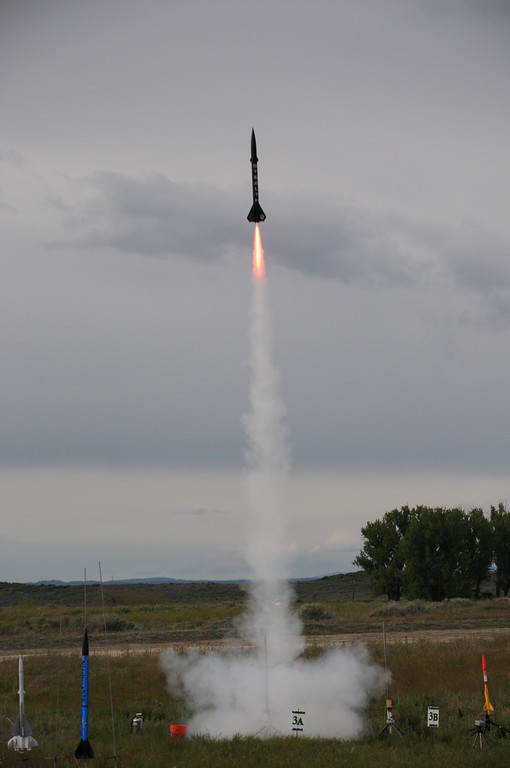
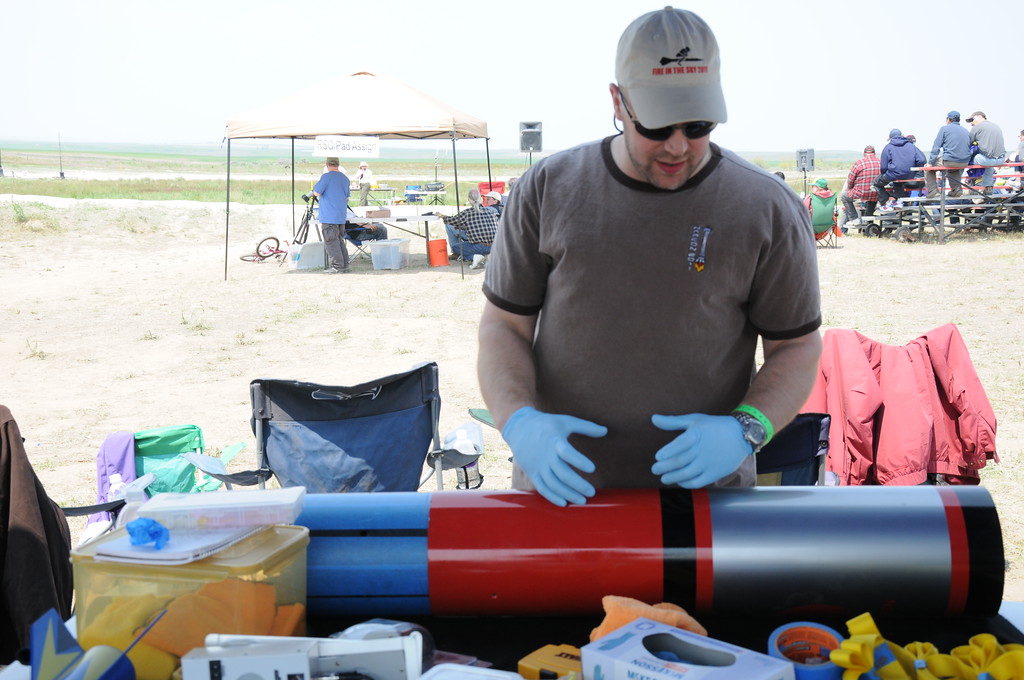
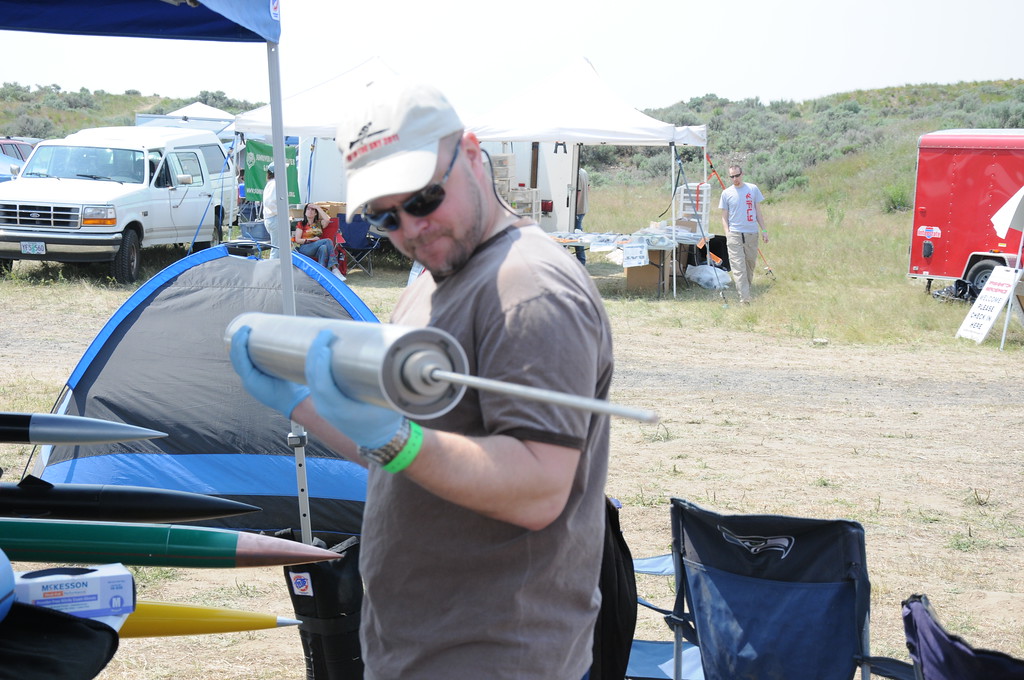
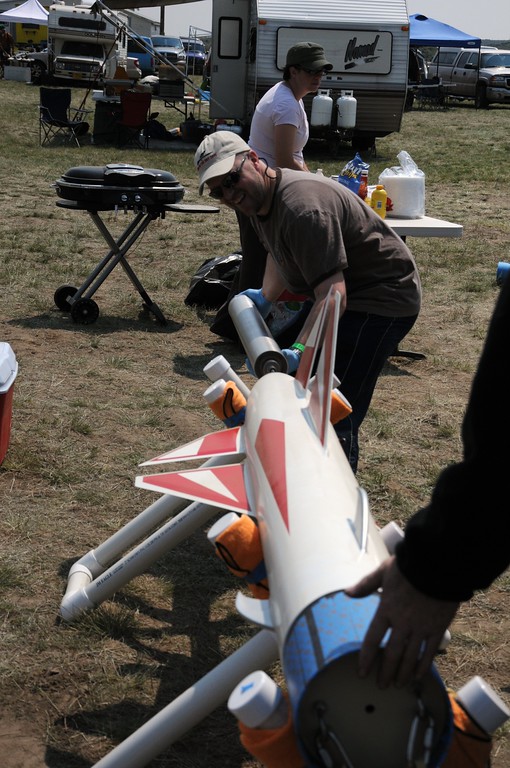
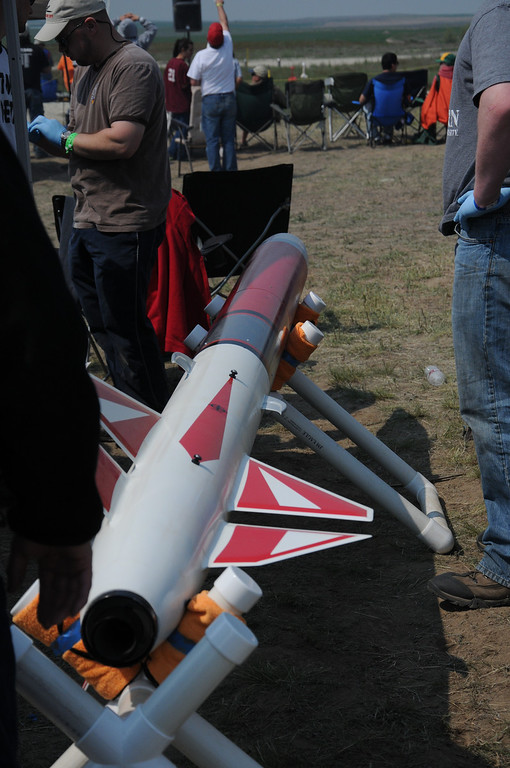
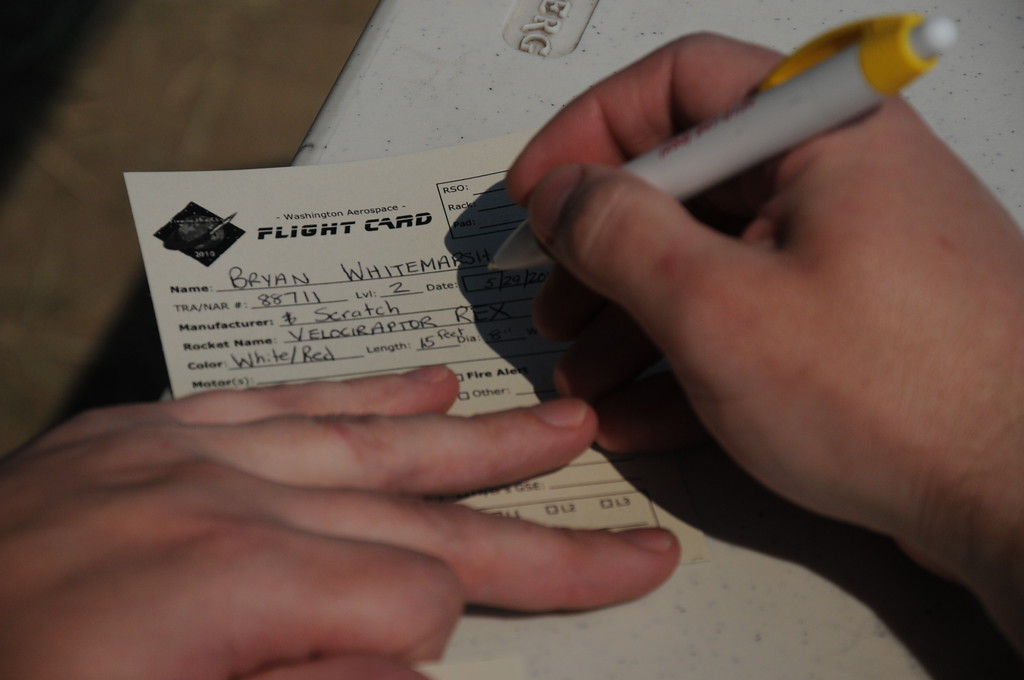
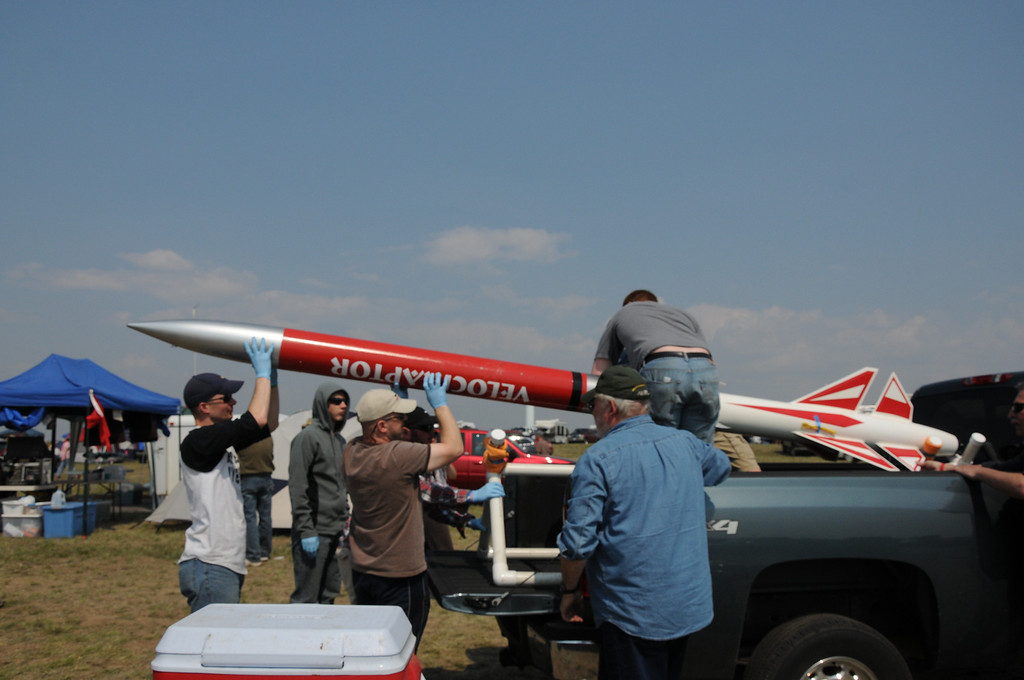
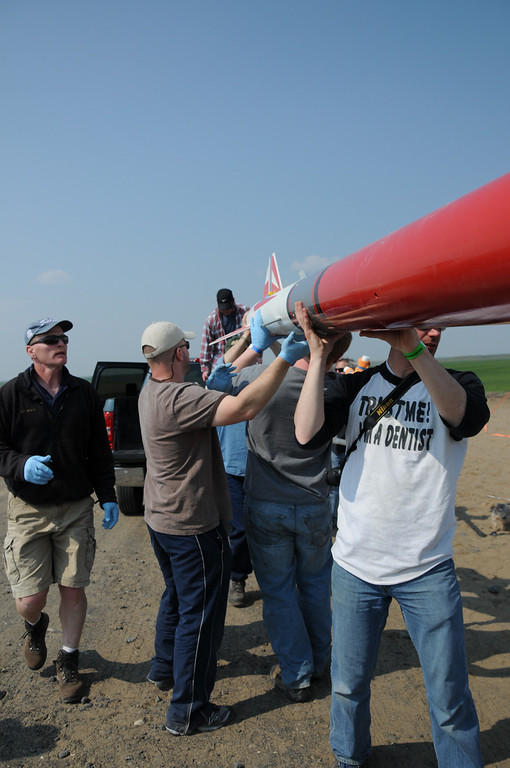
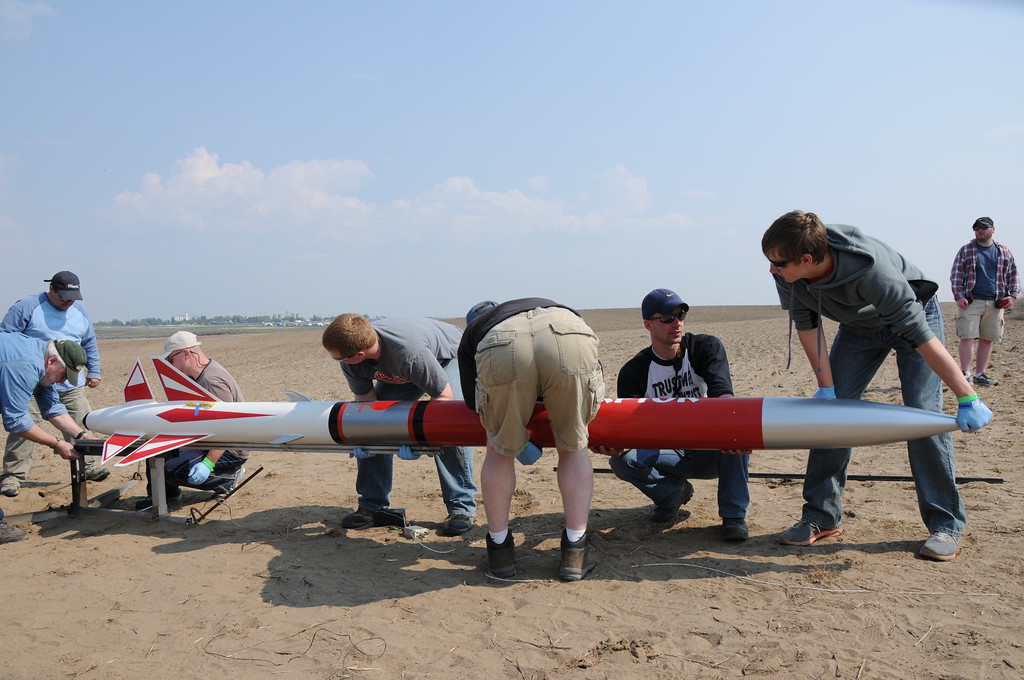
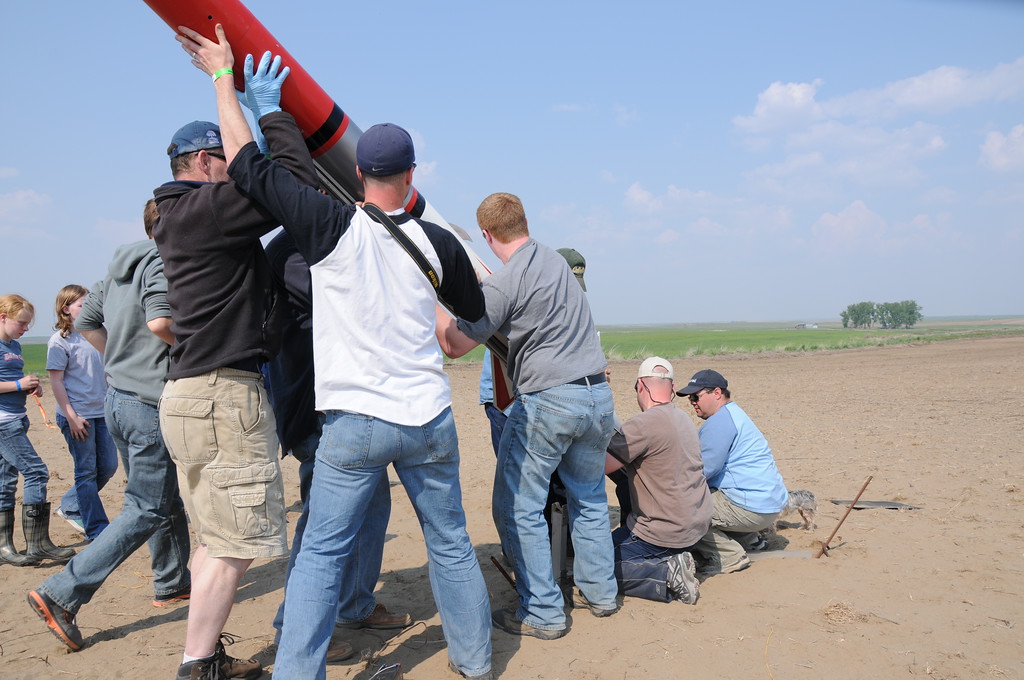
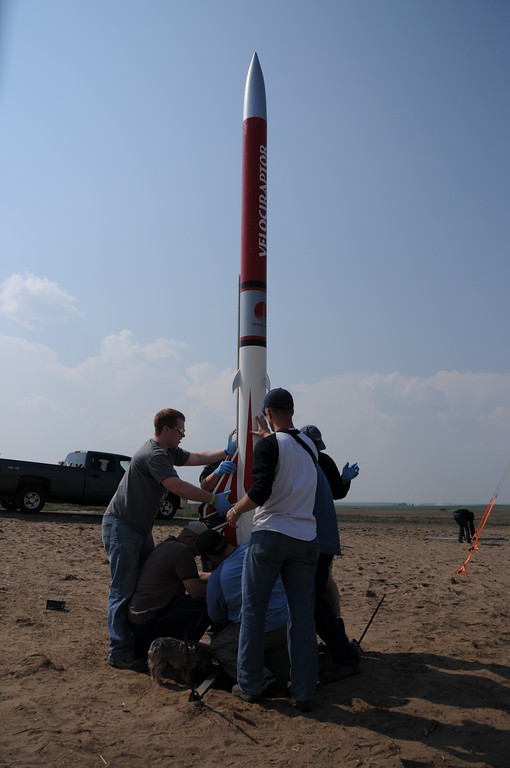
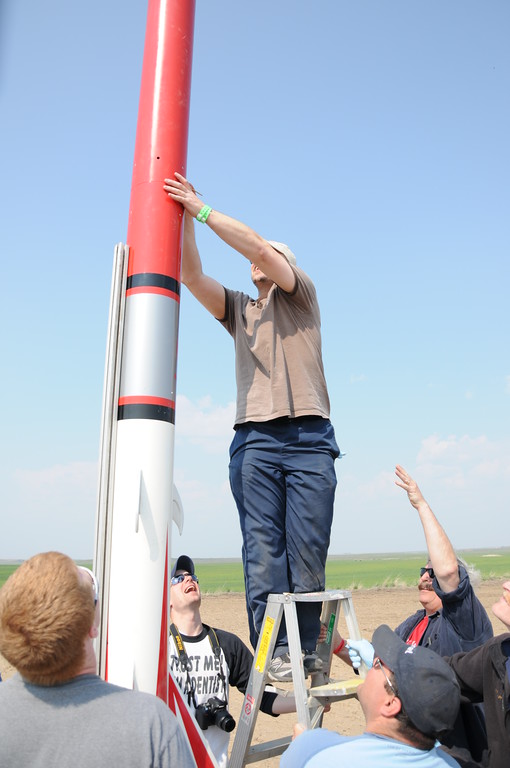
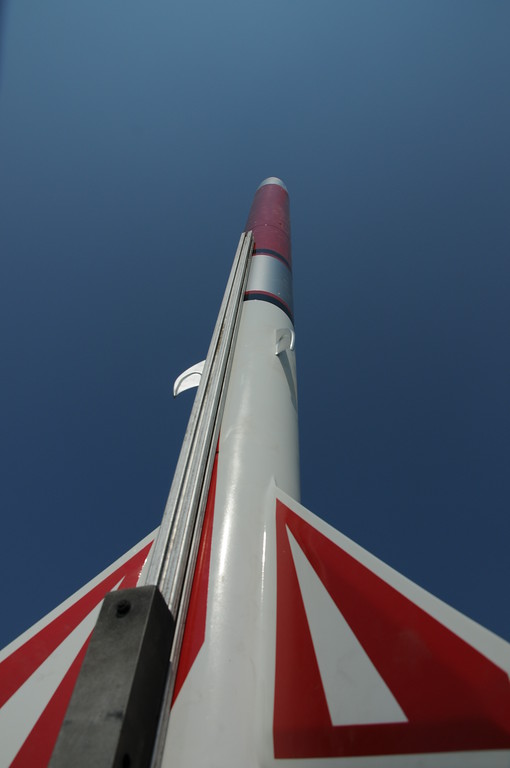
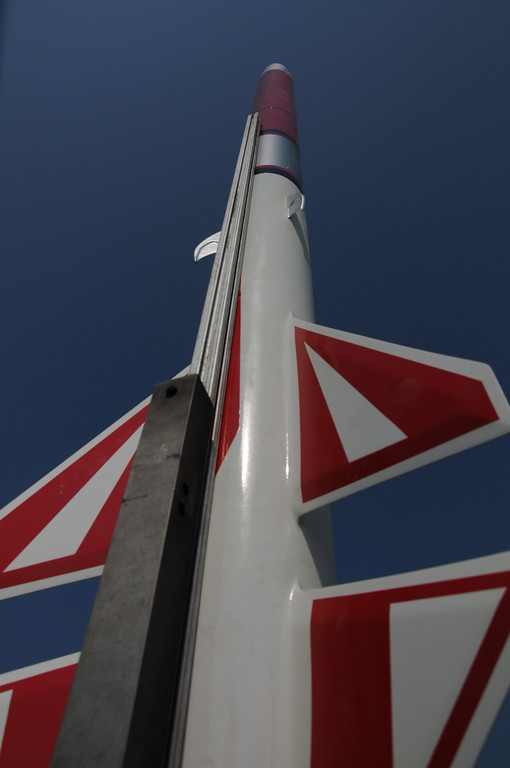
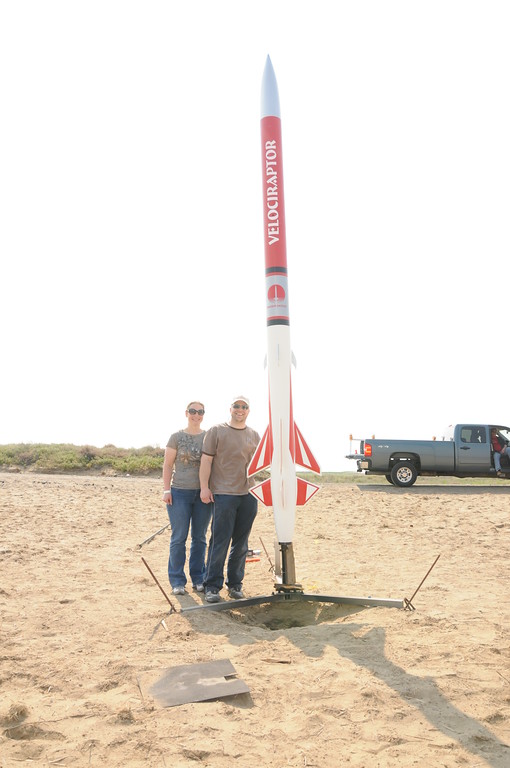
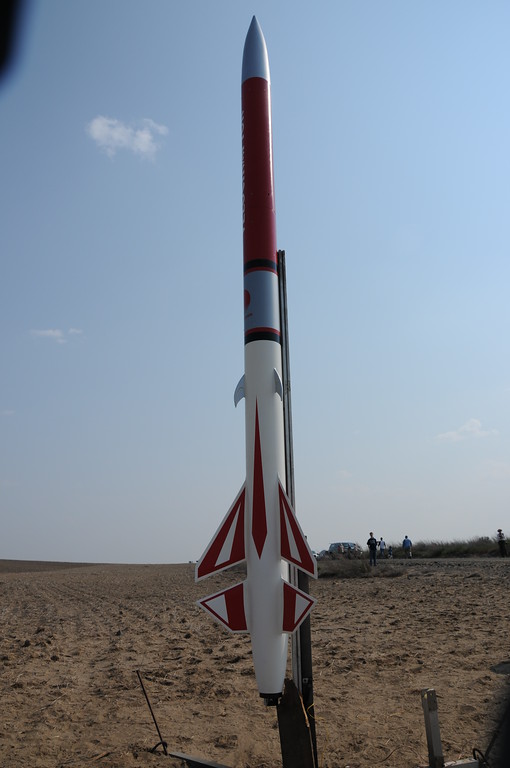
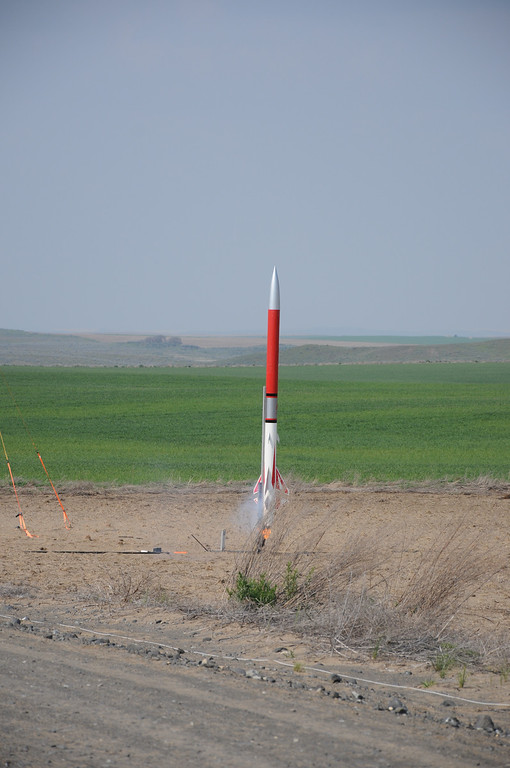
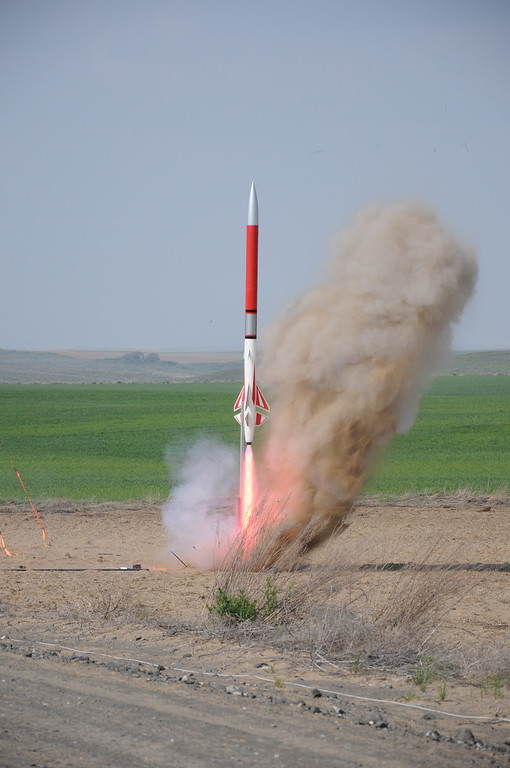
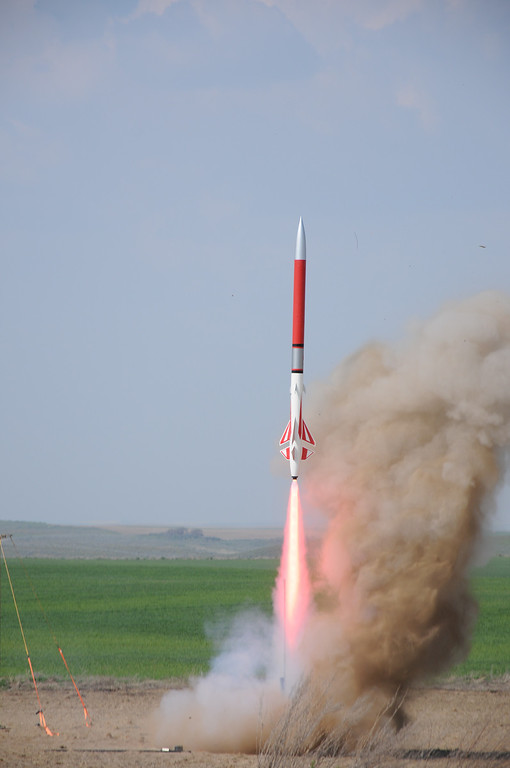
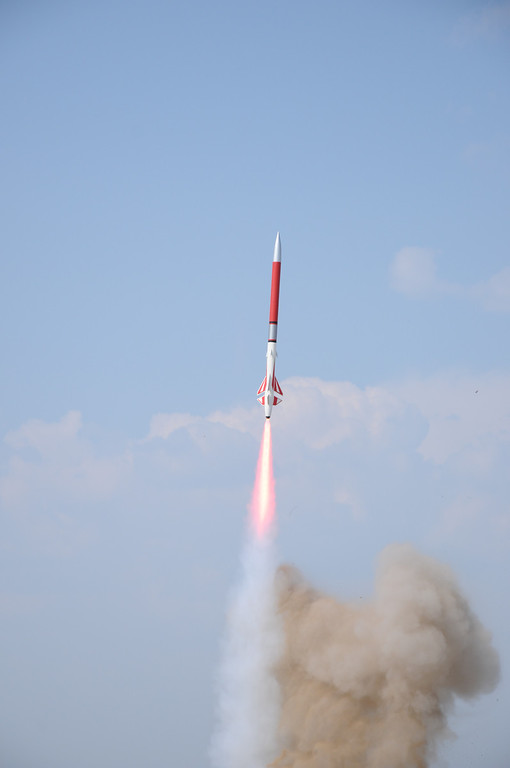
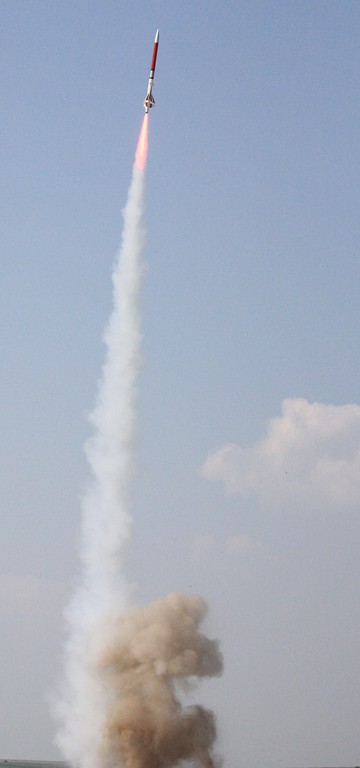
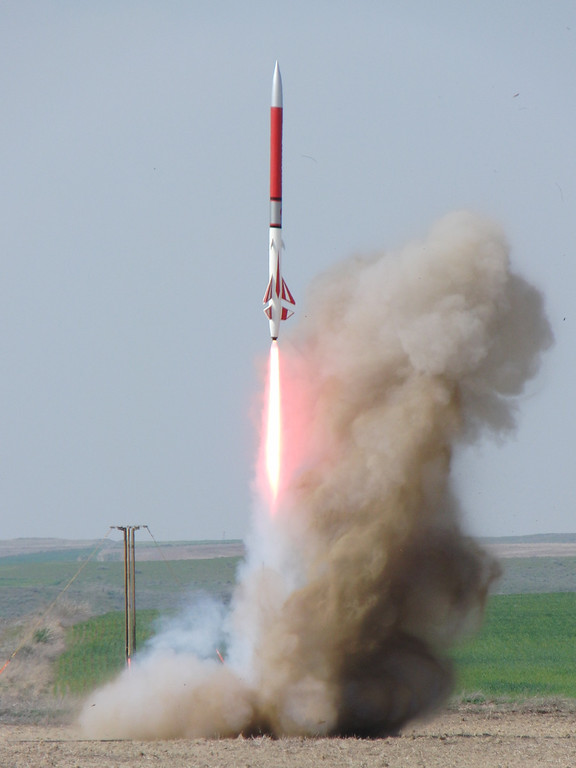
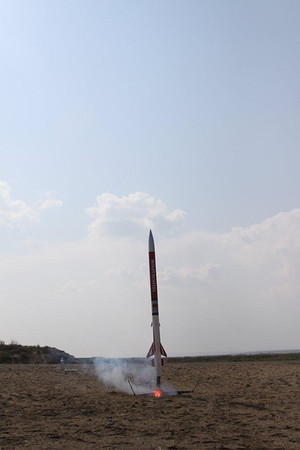
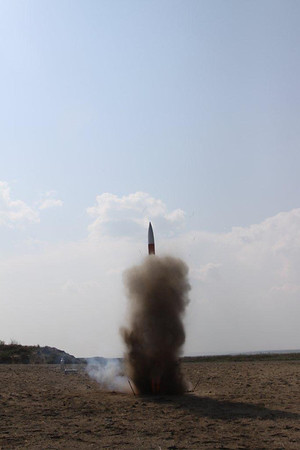
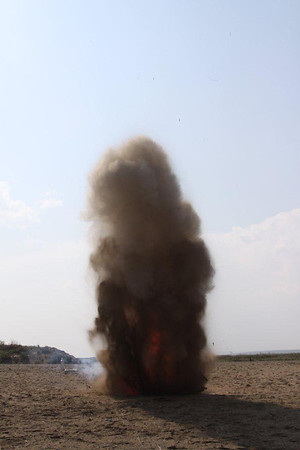
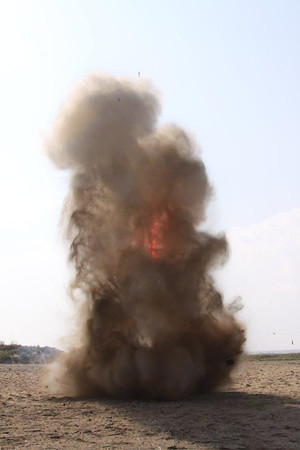
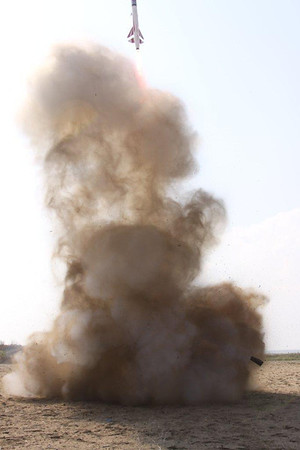
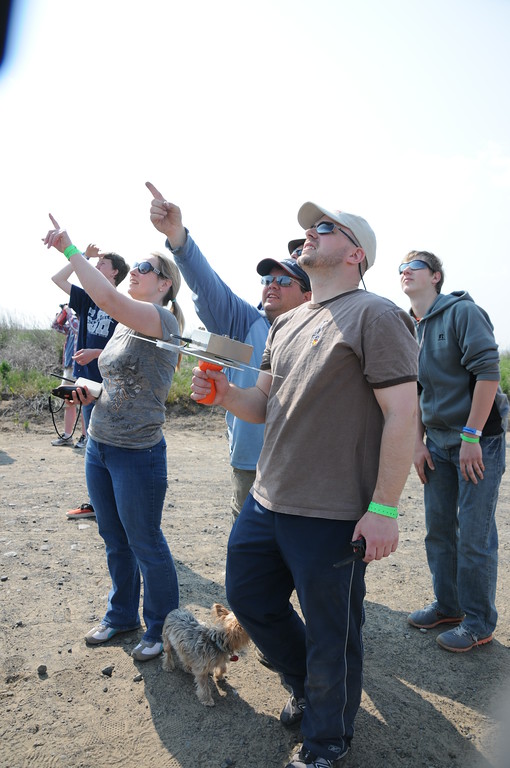
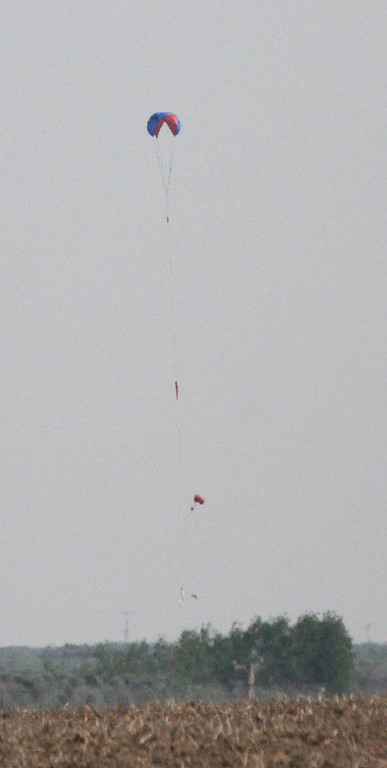
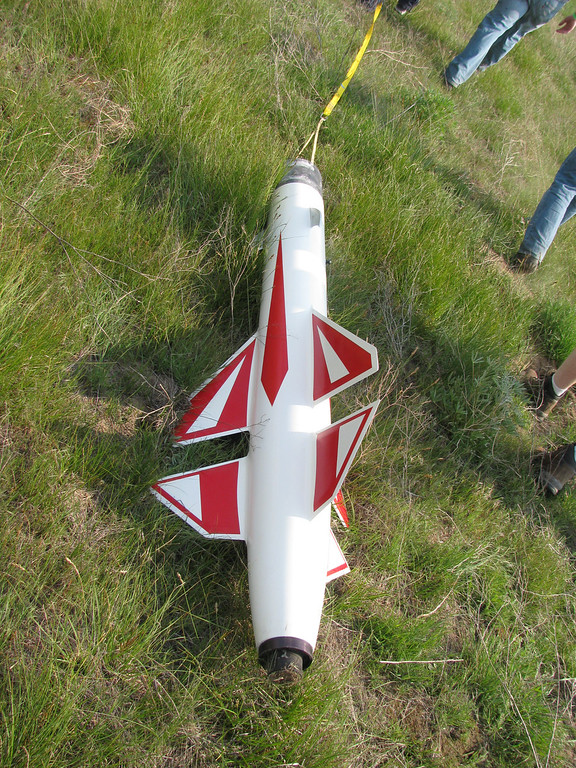
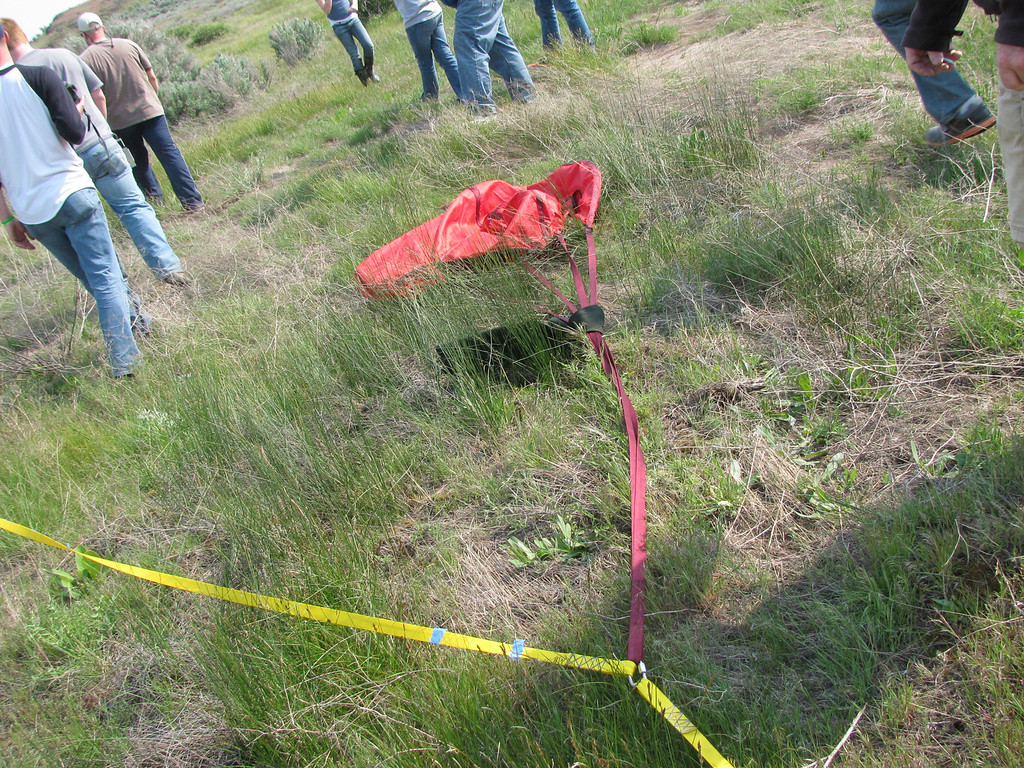
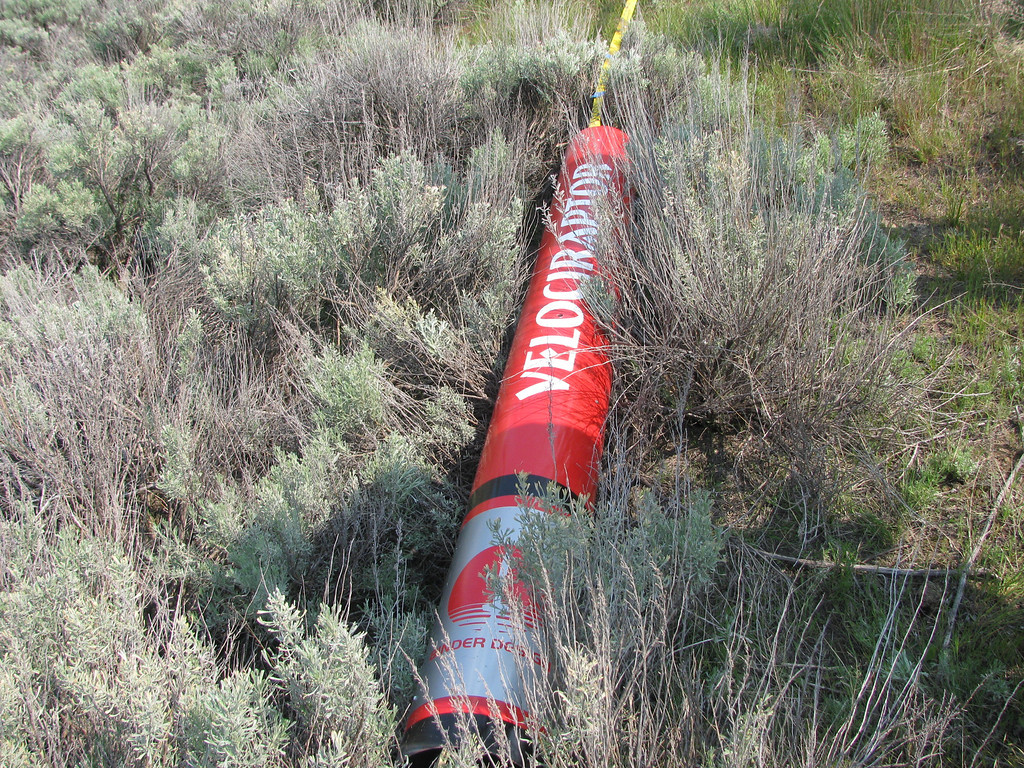
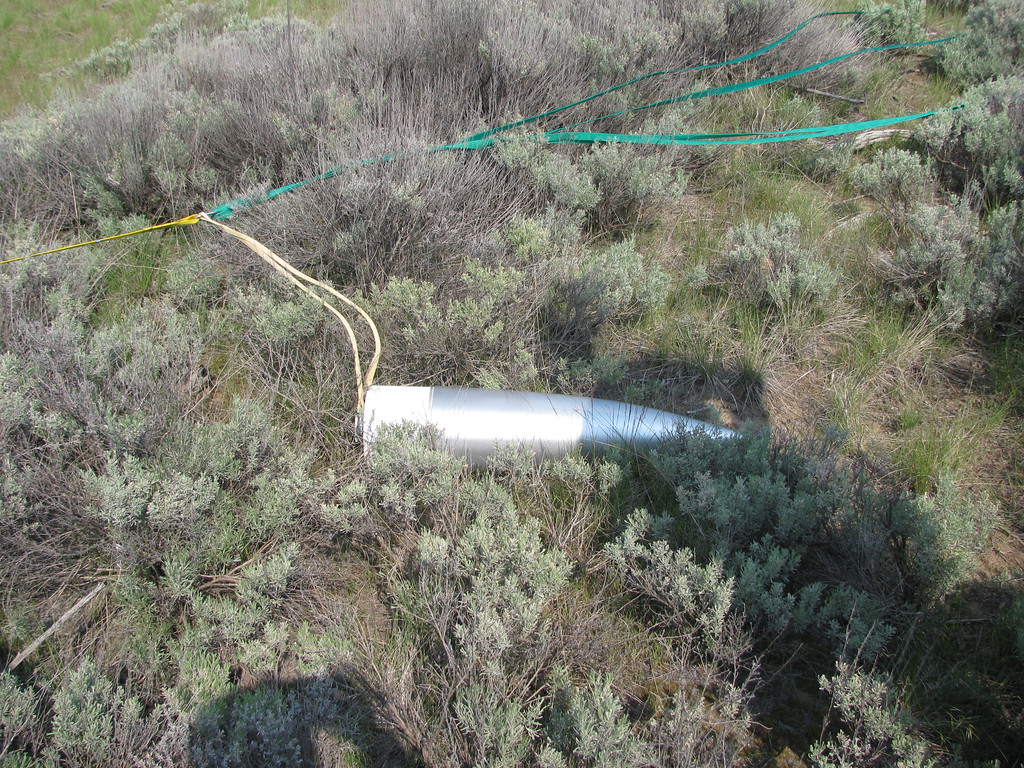
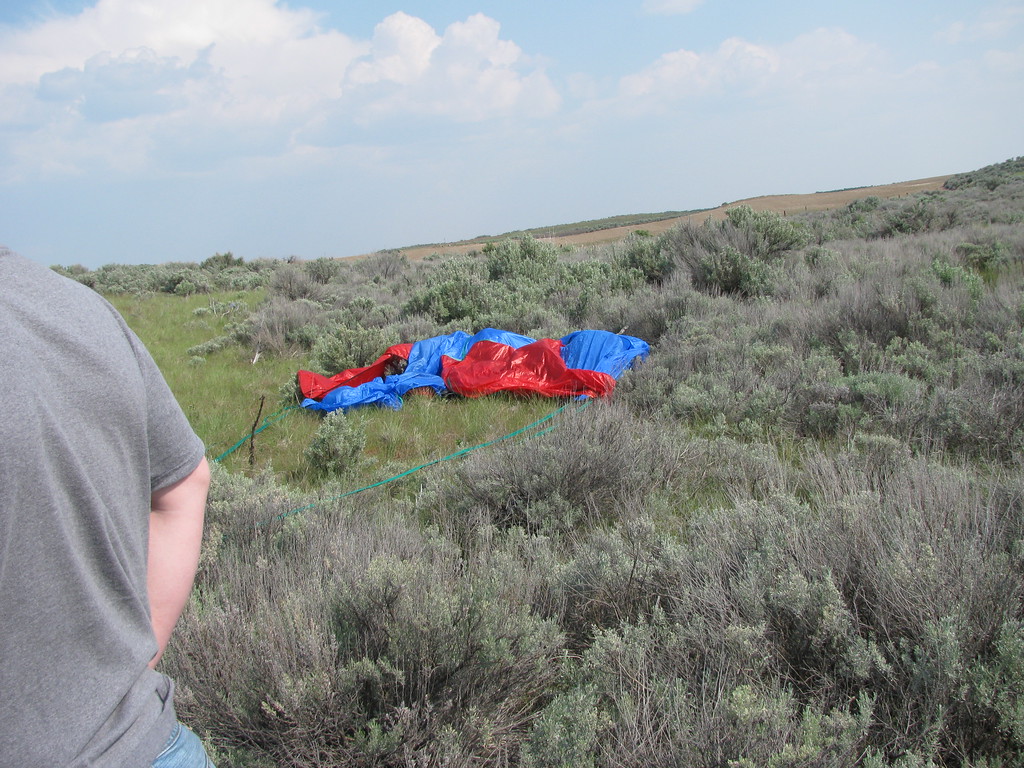
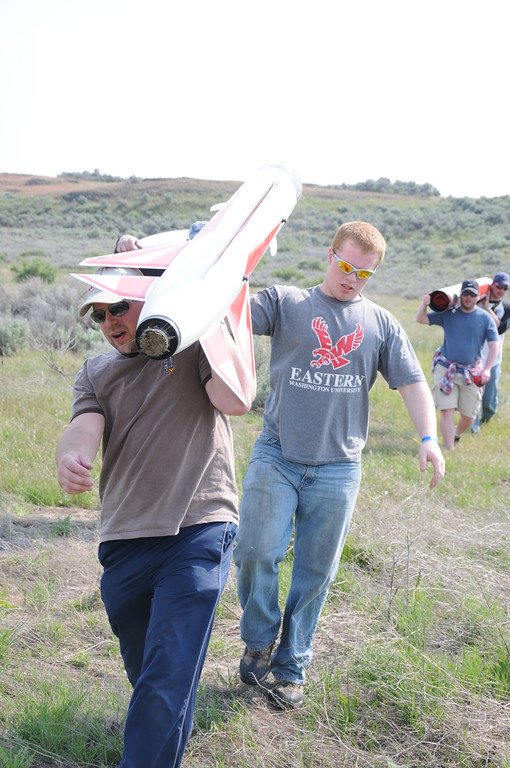
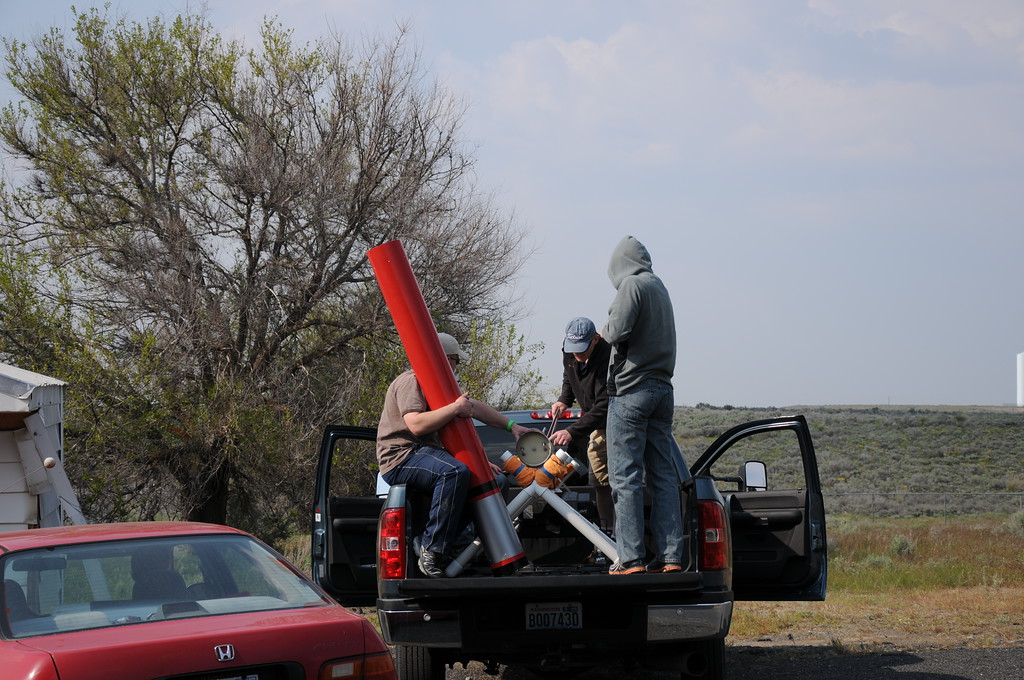
)